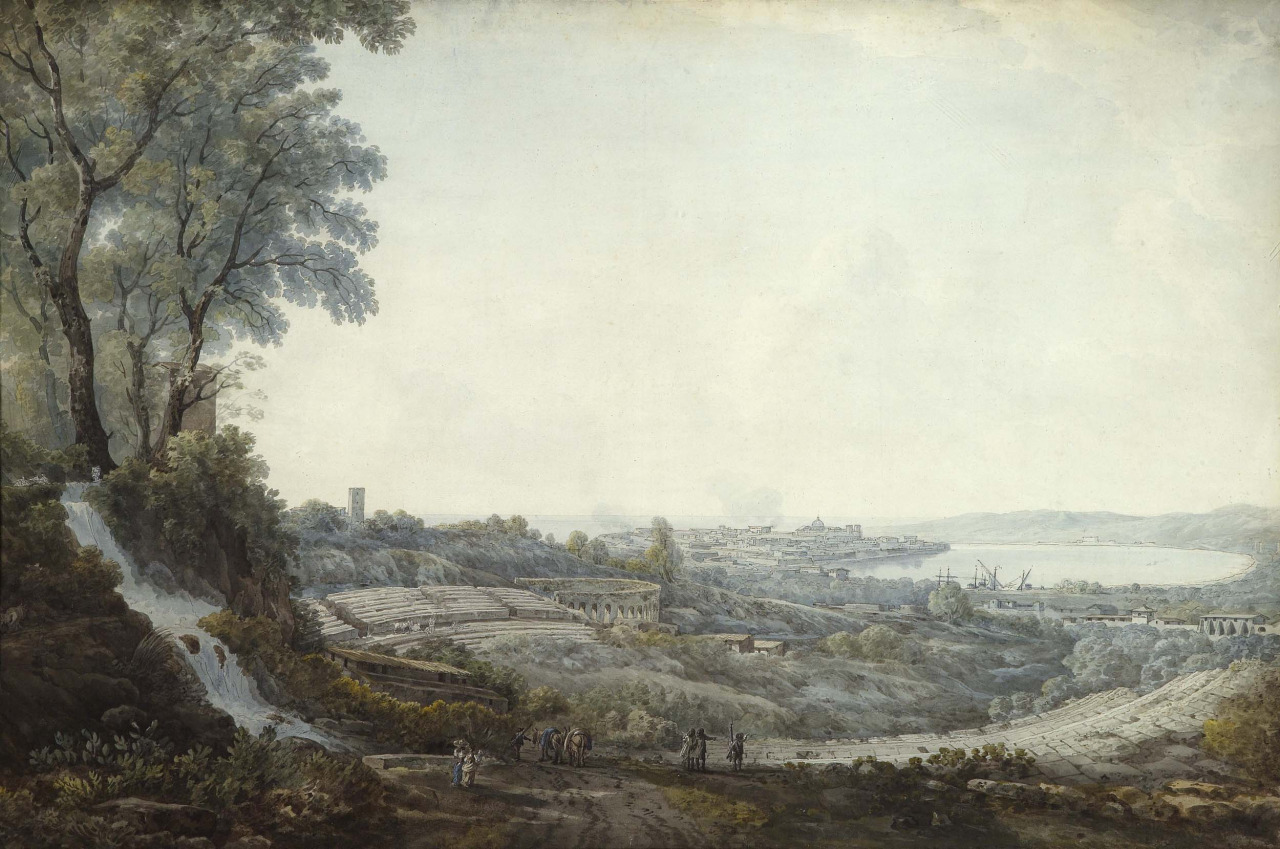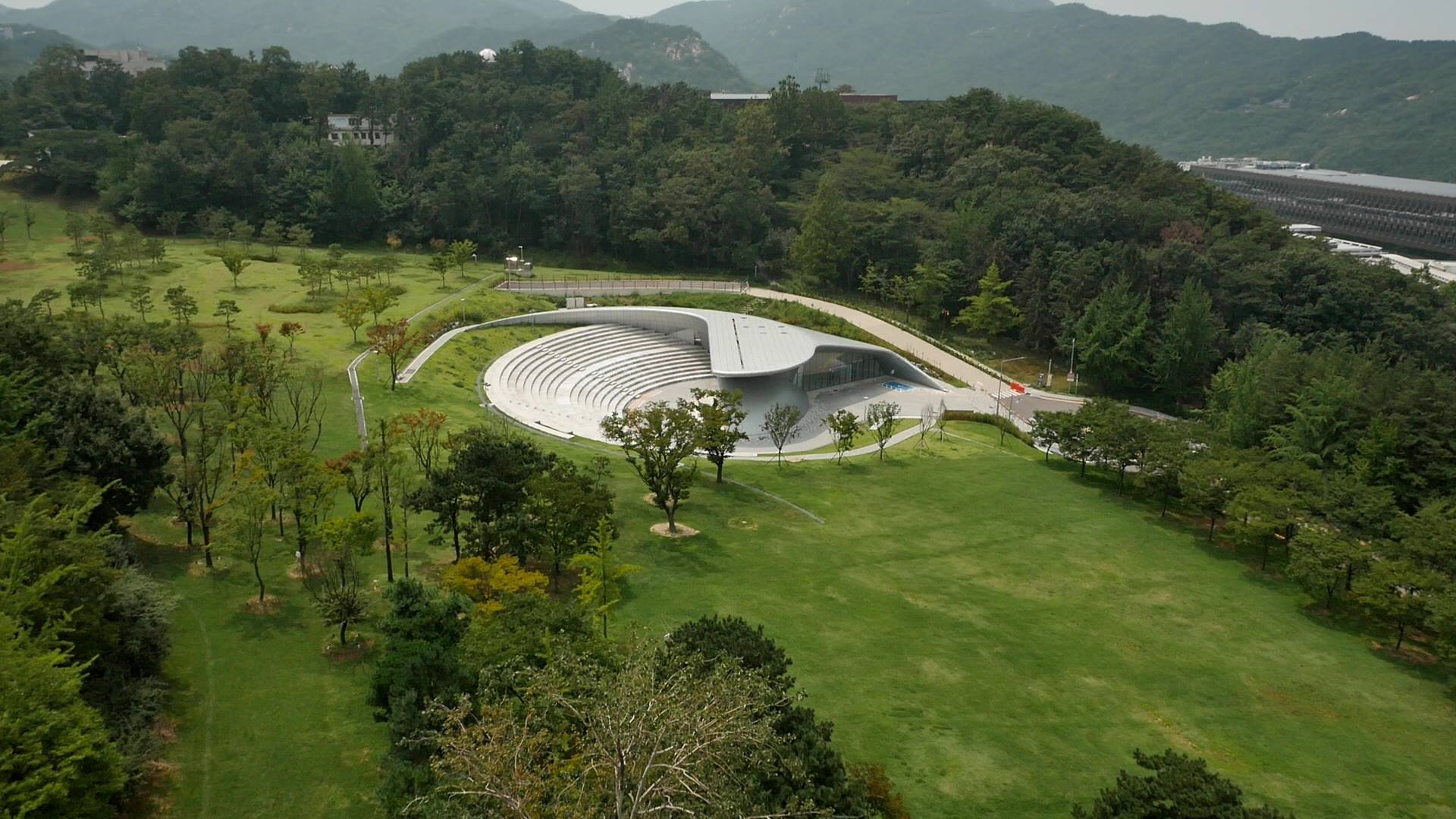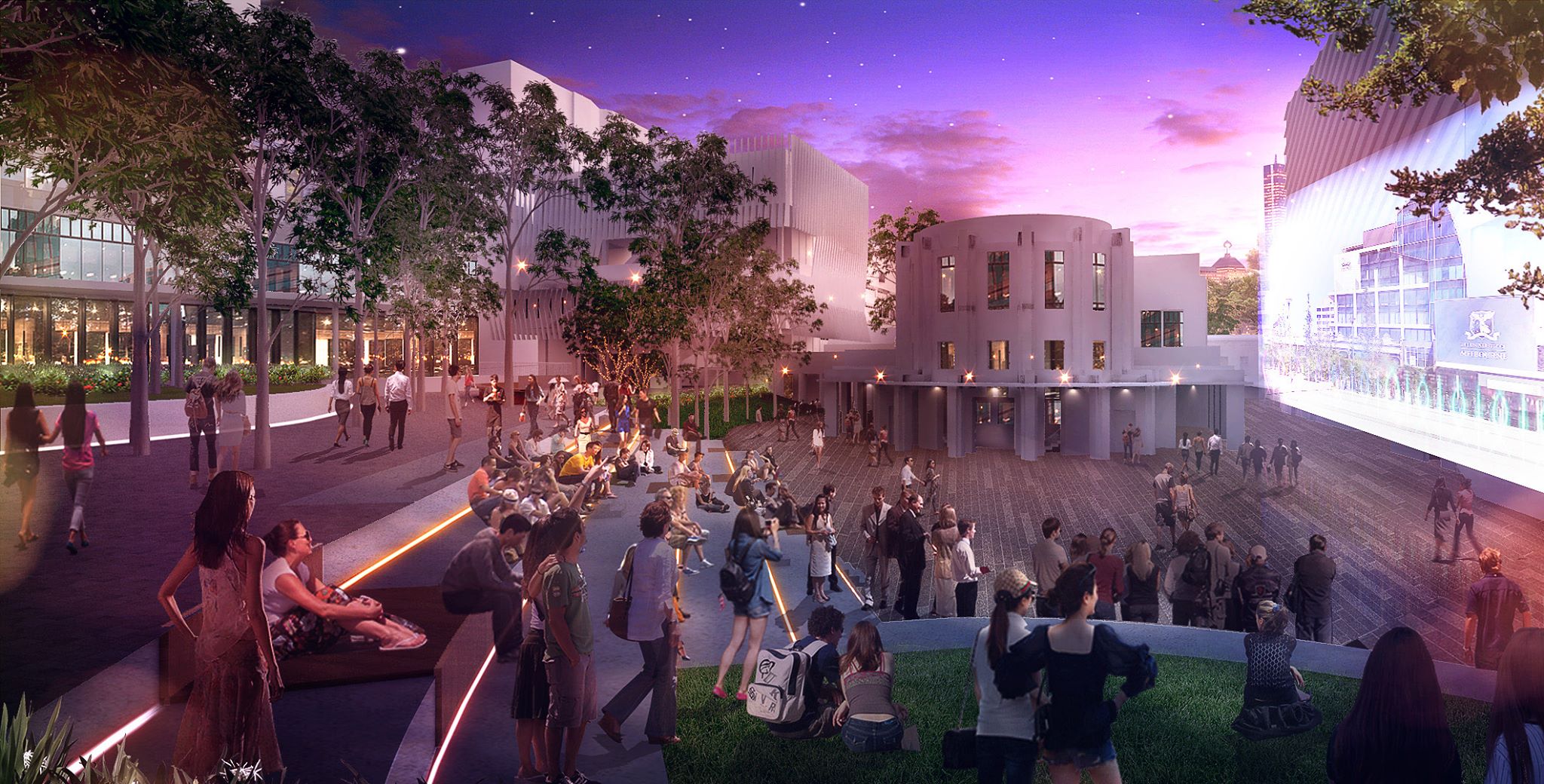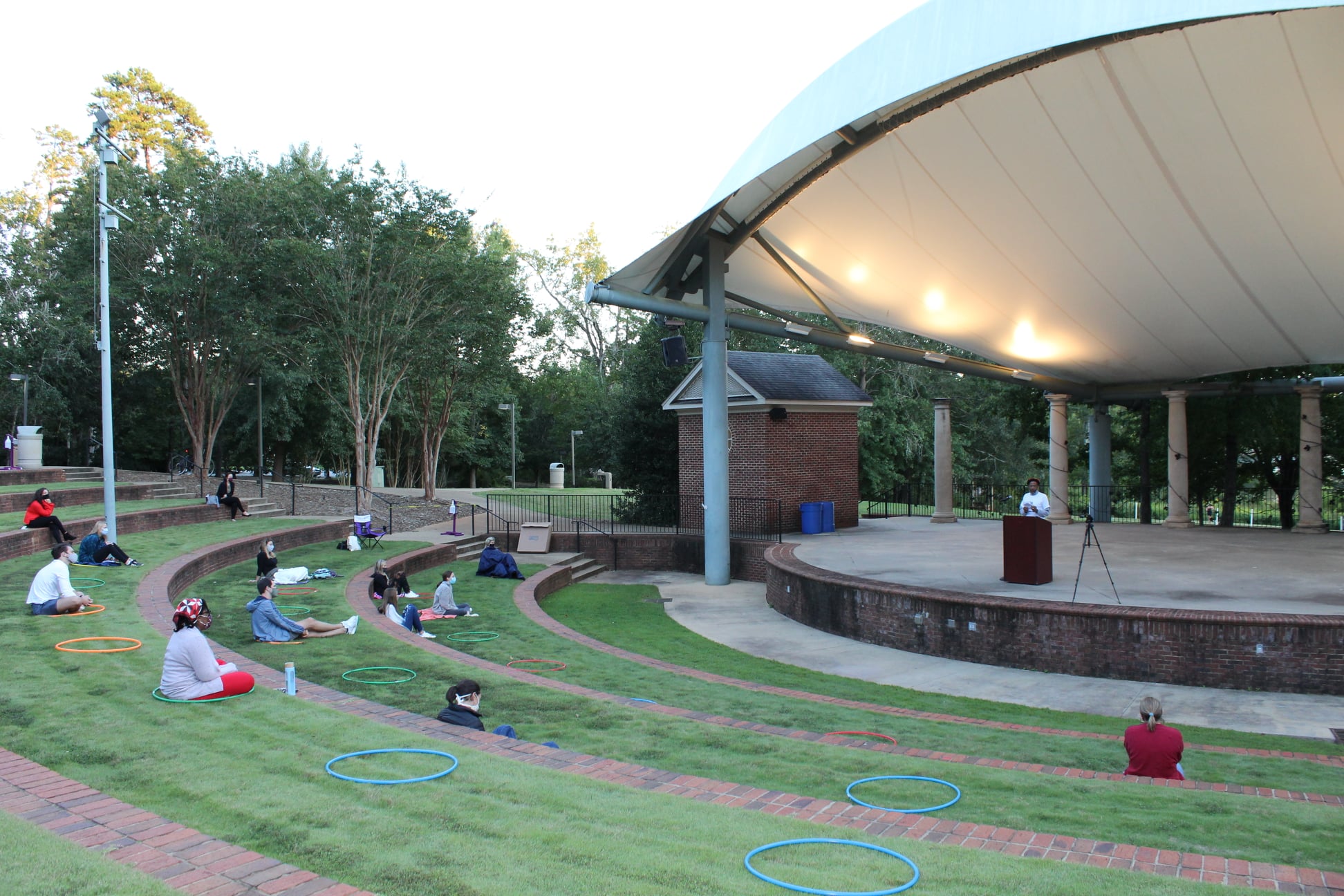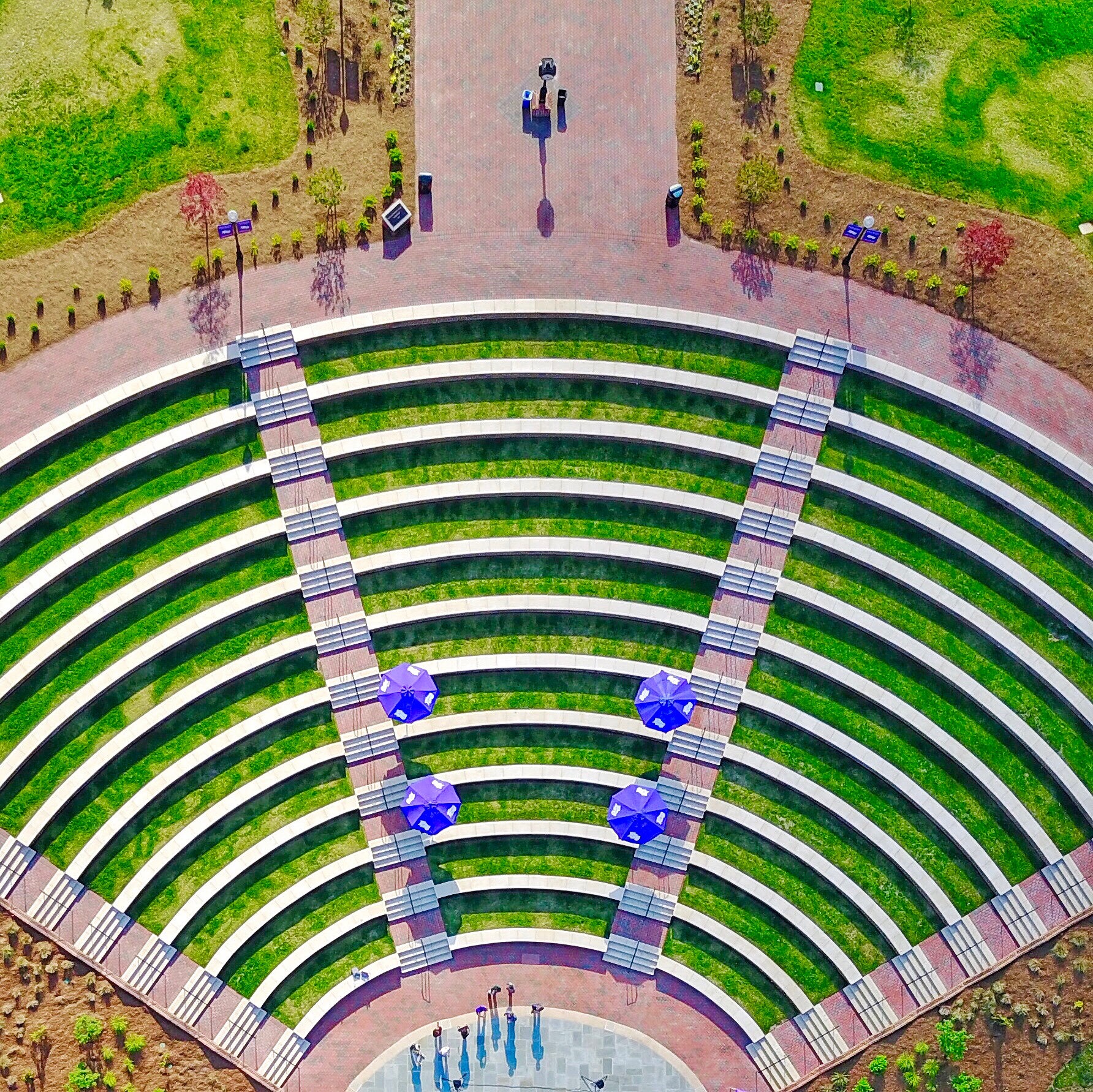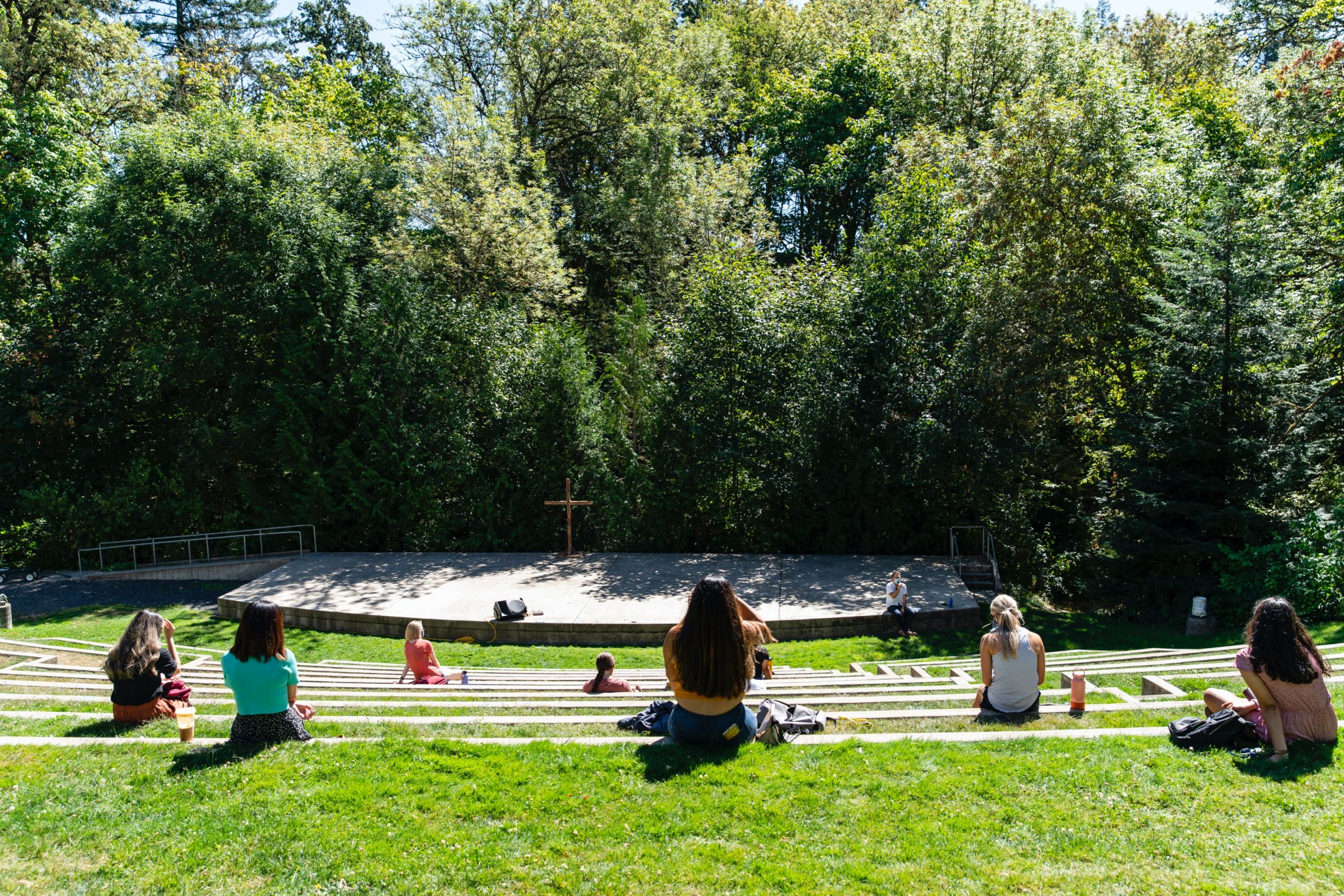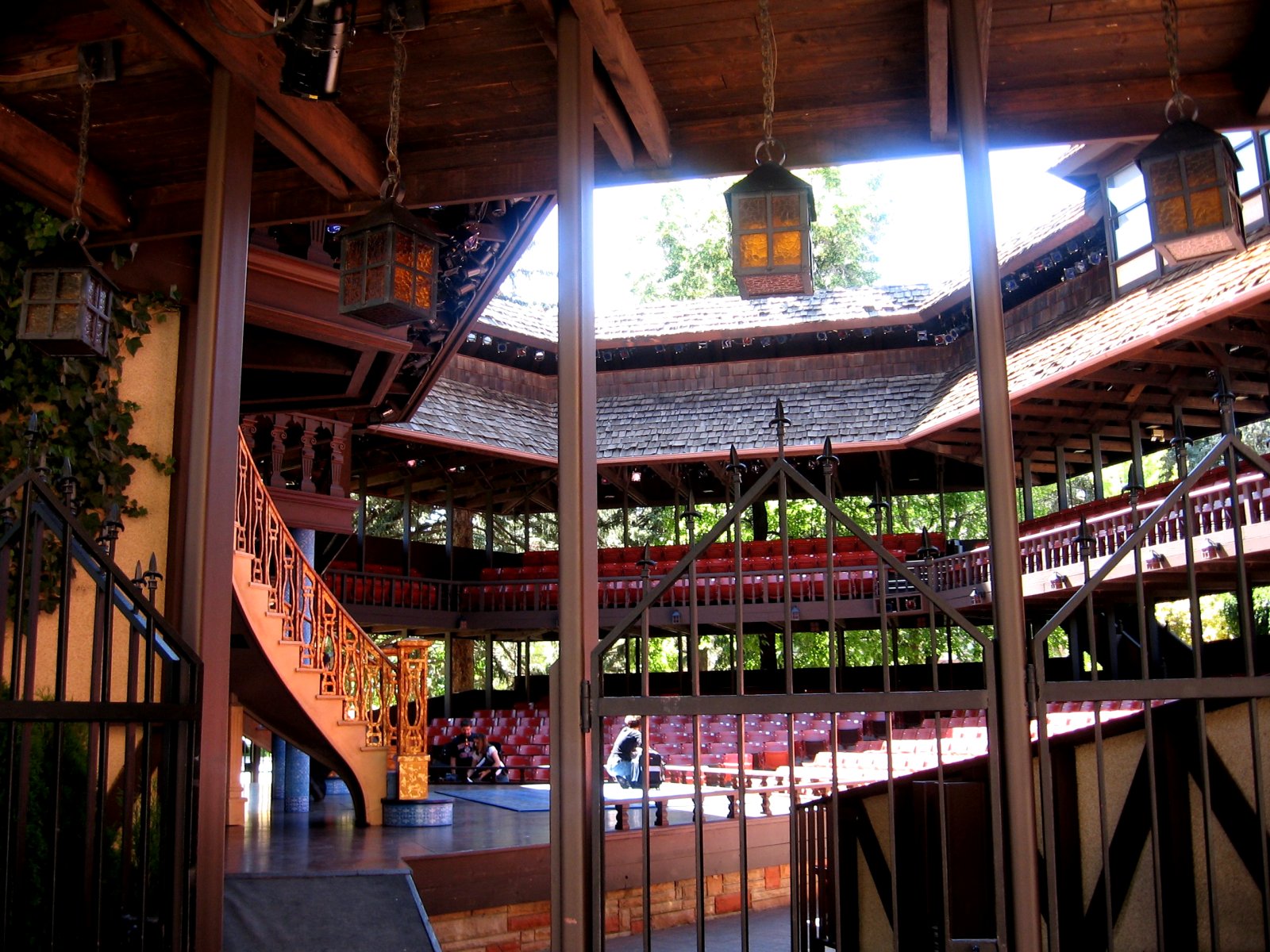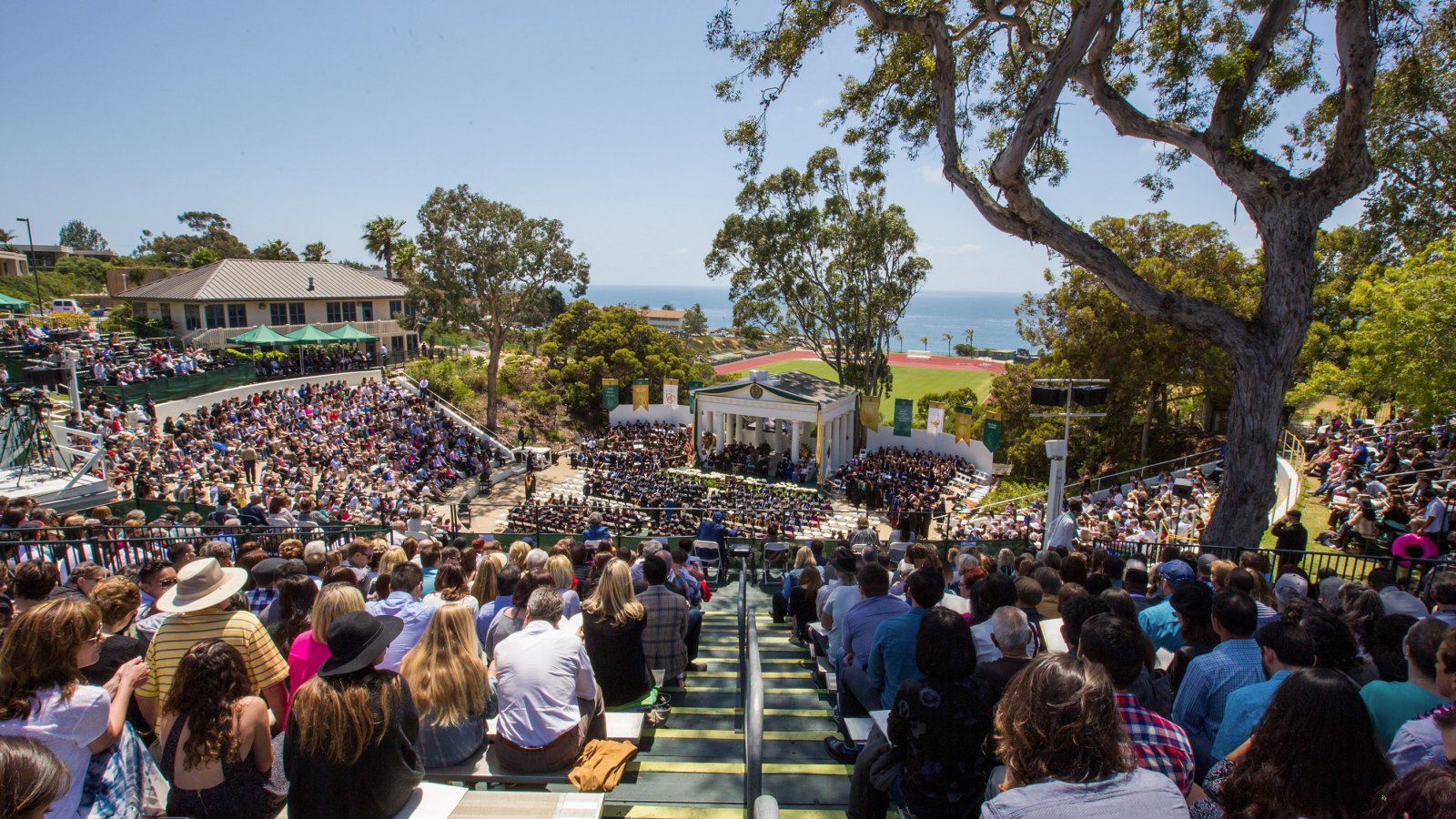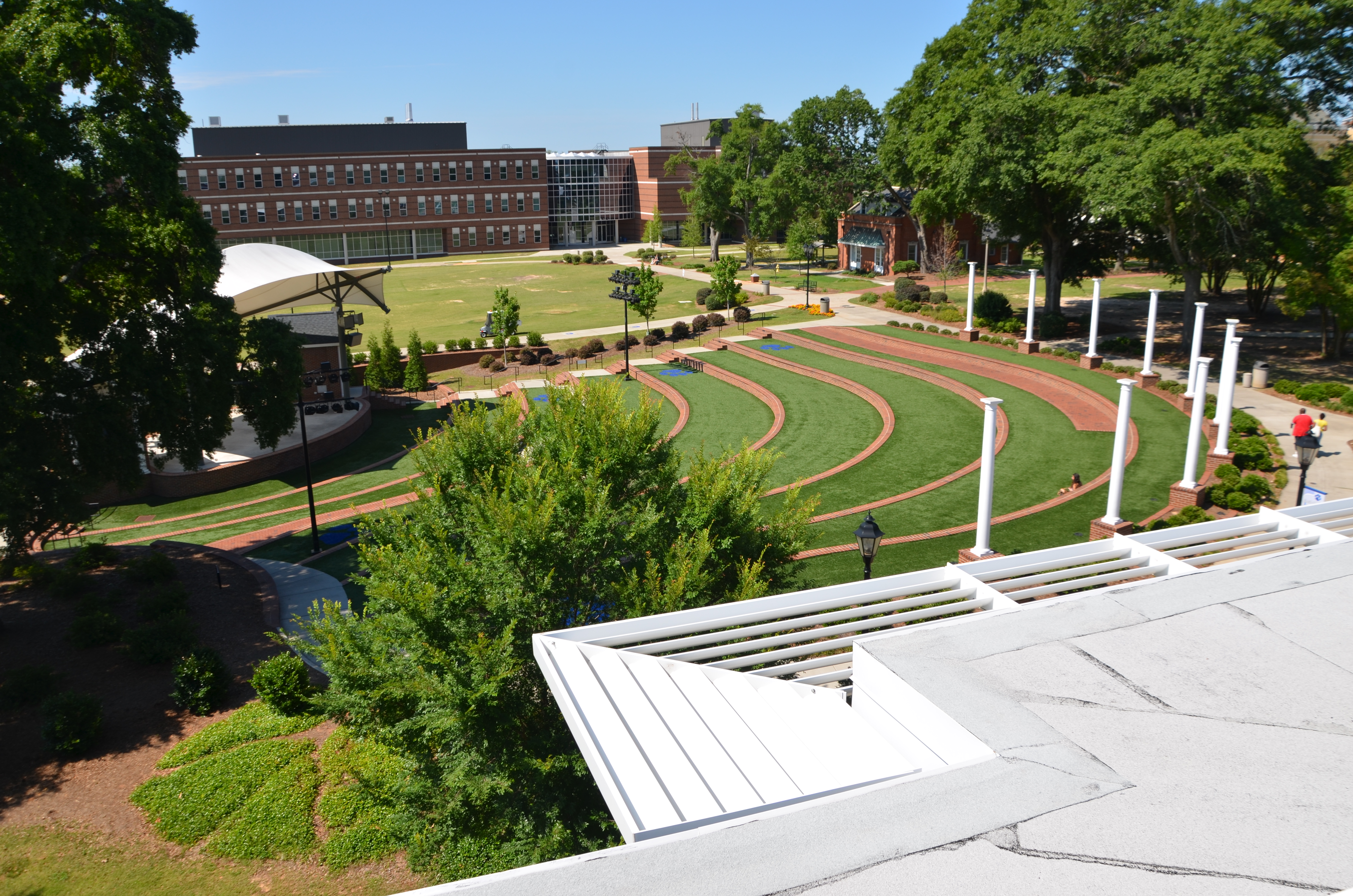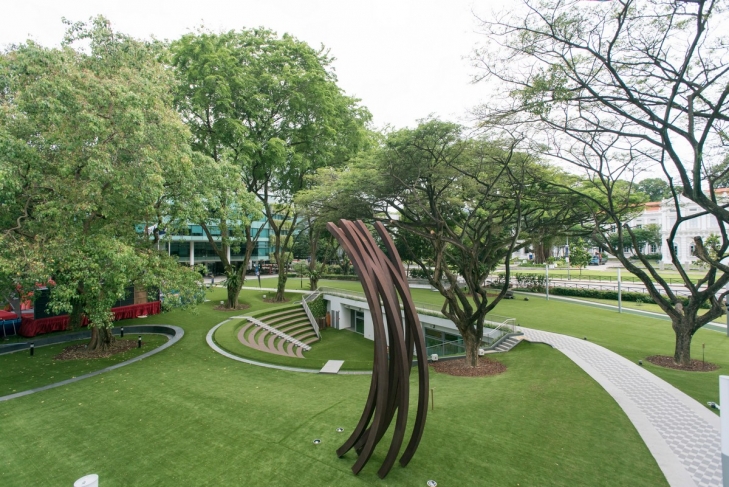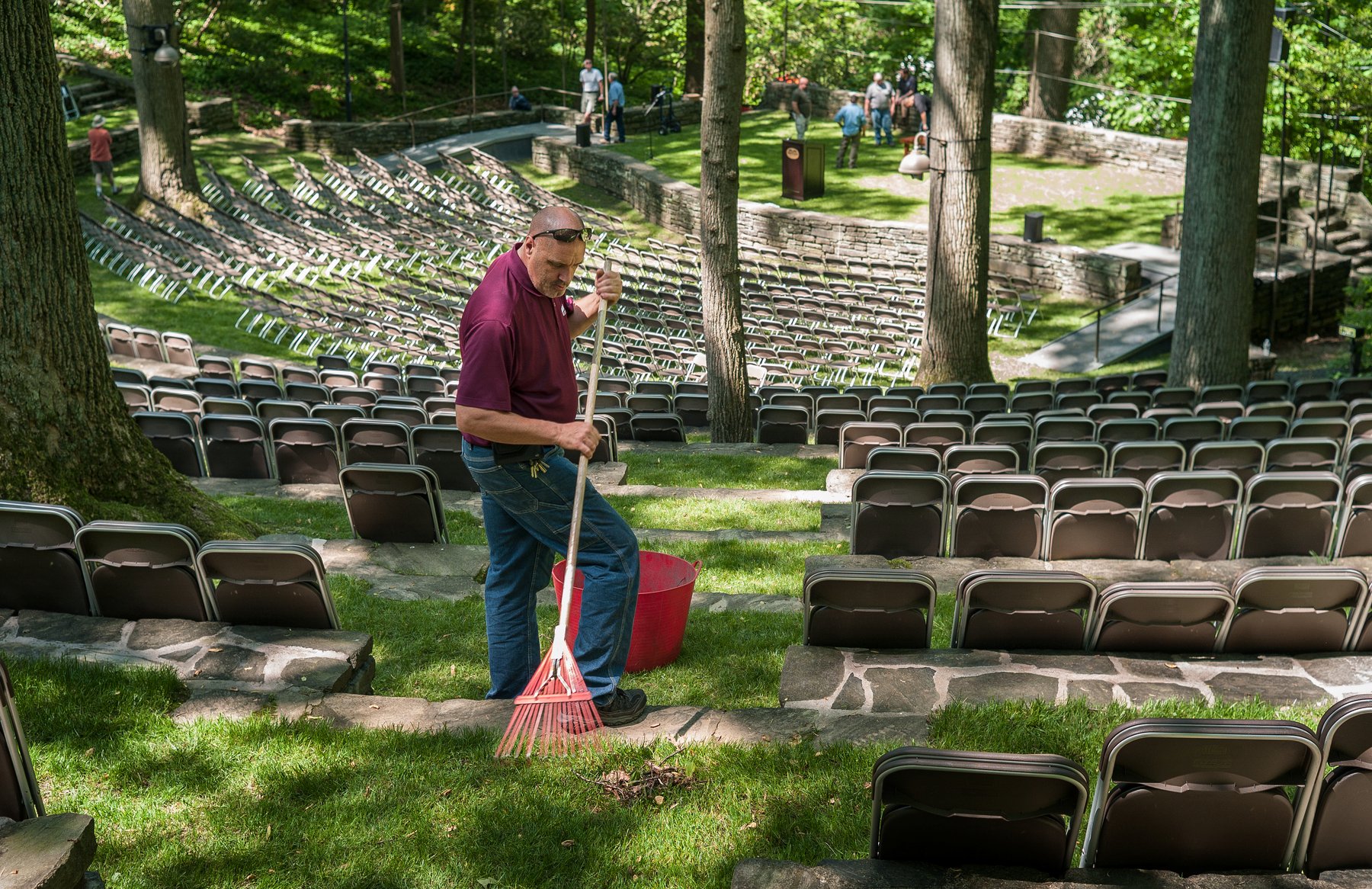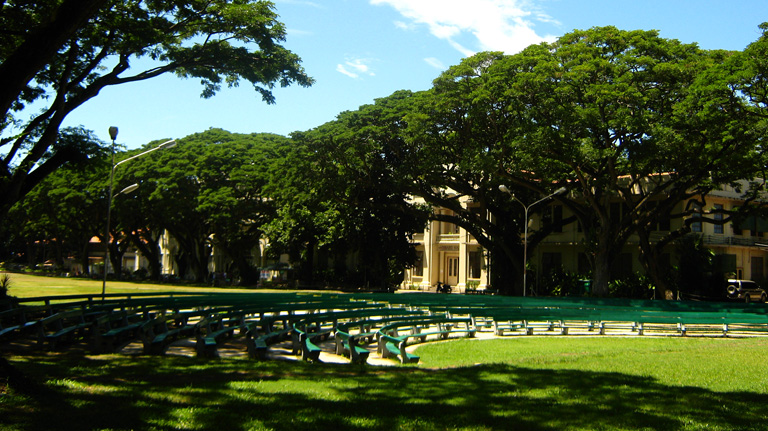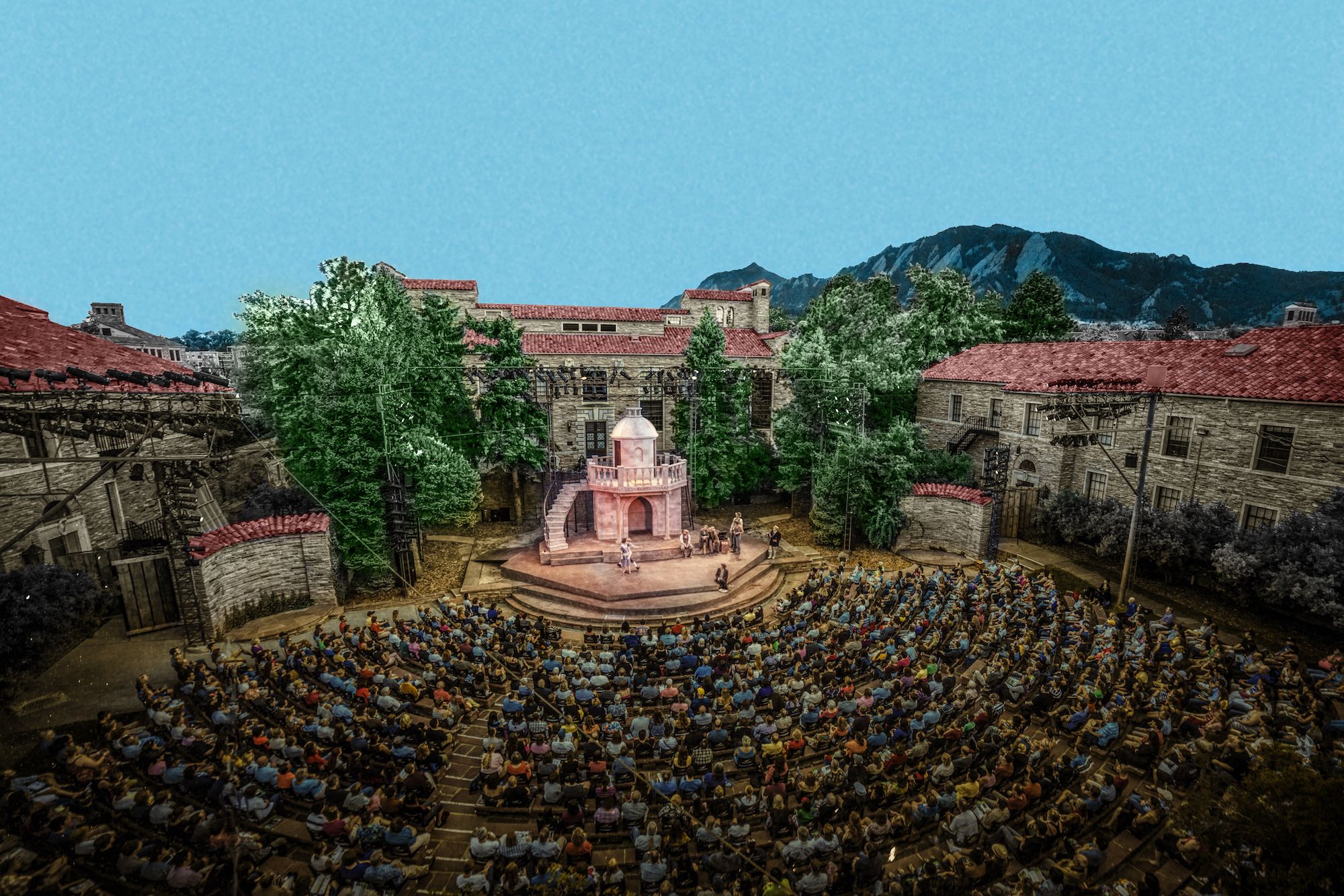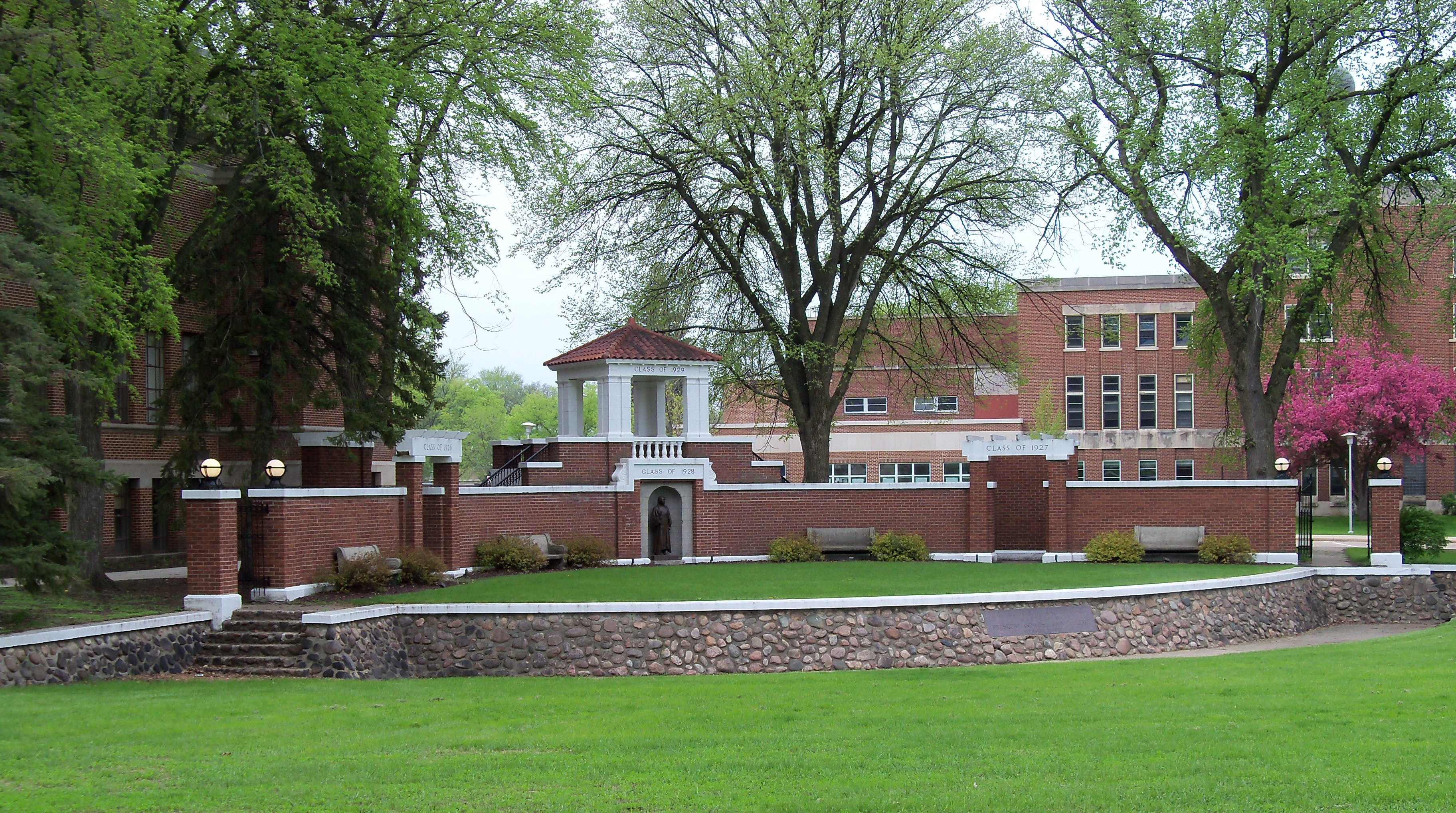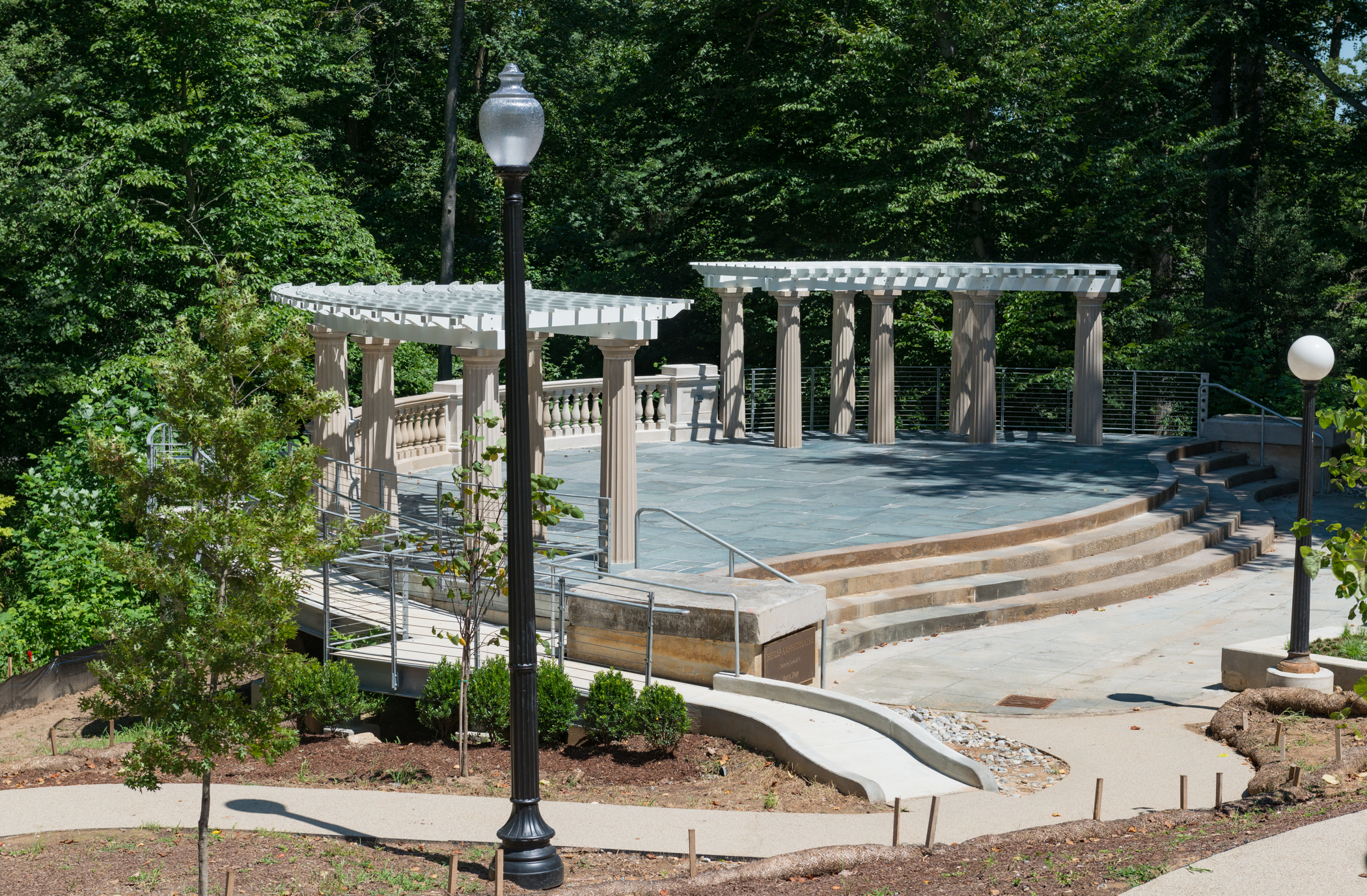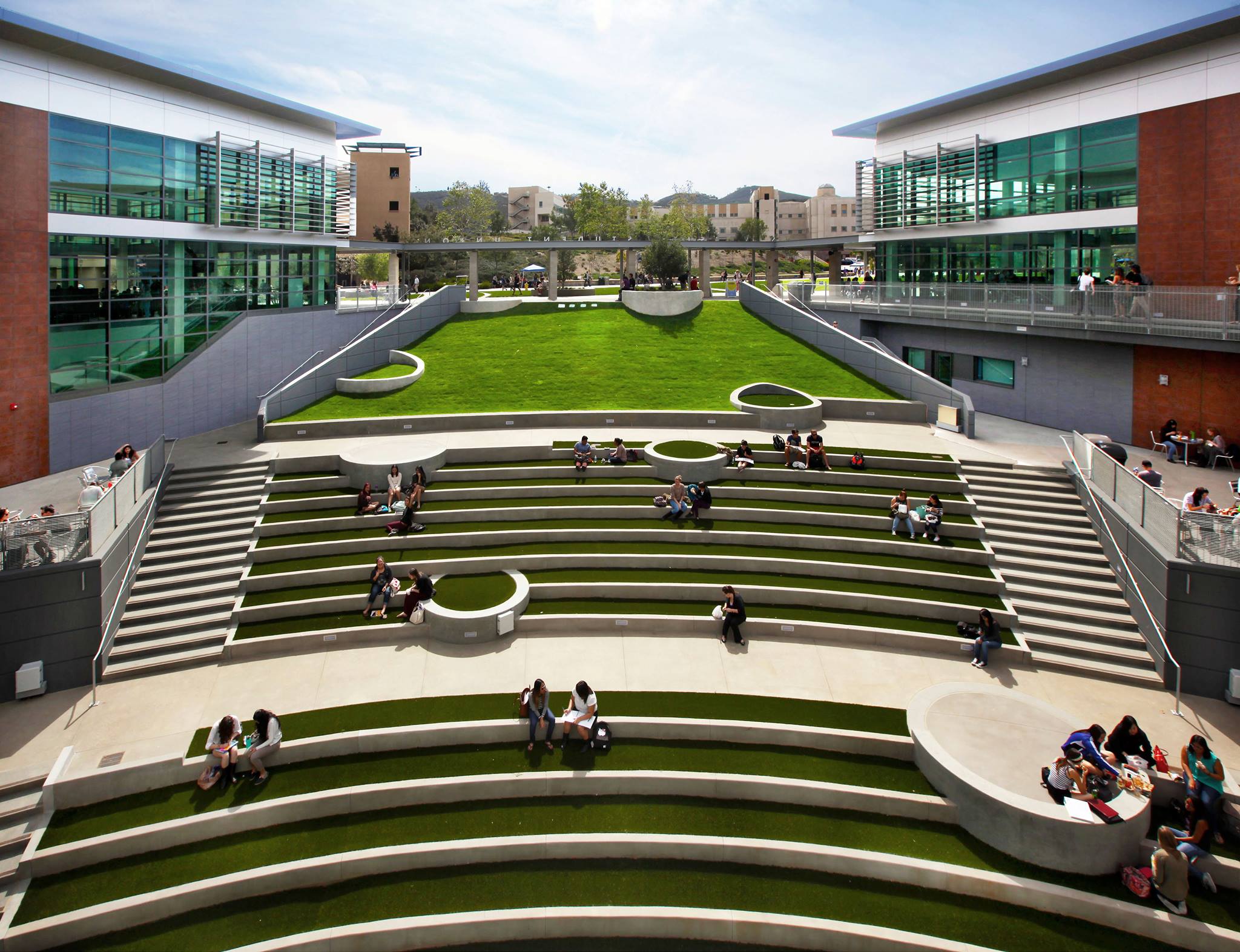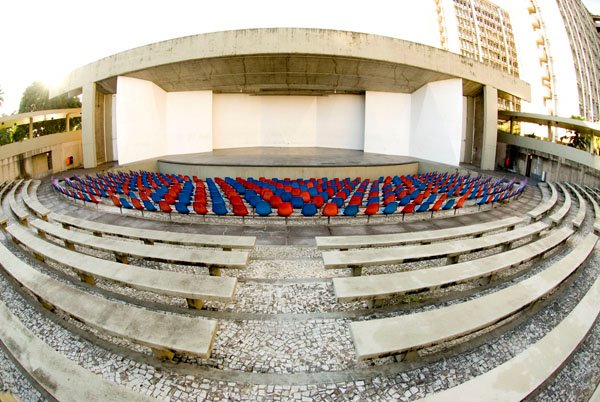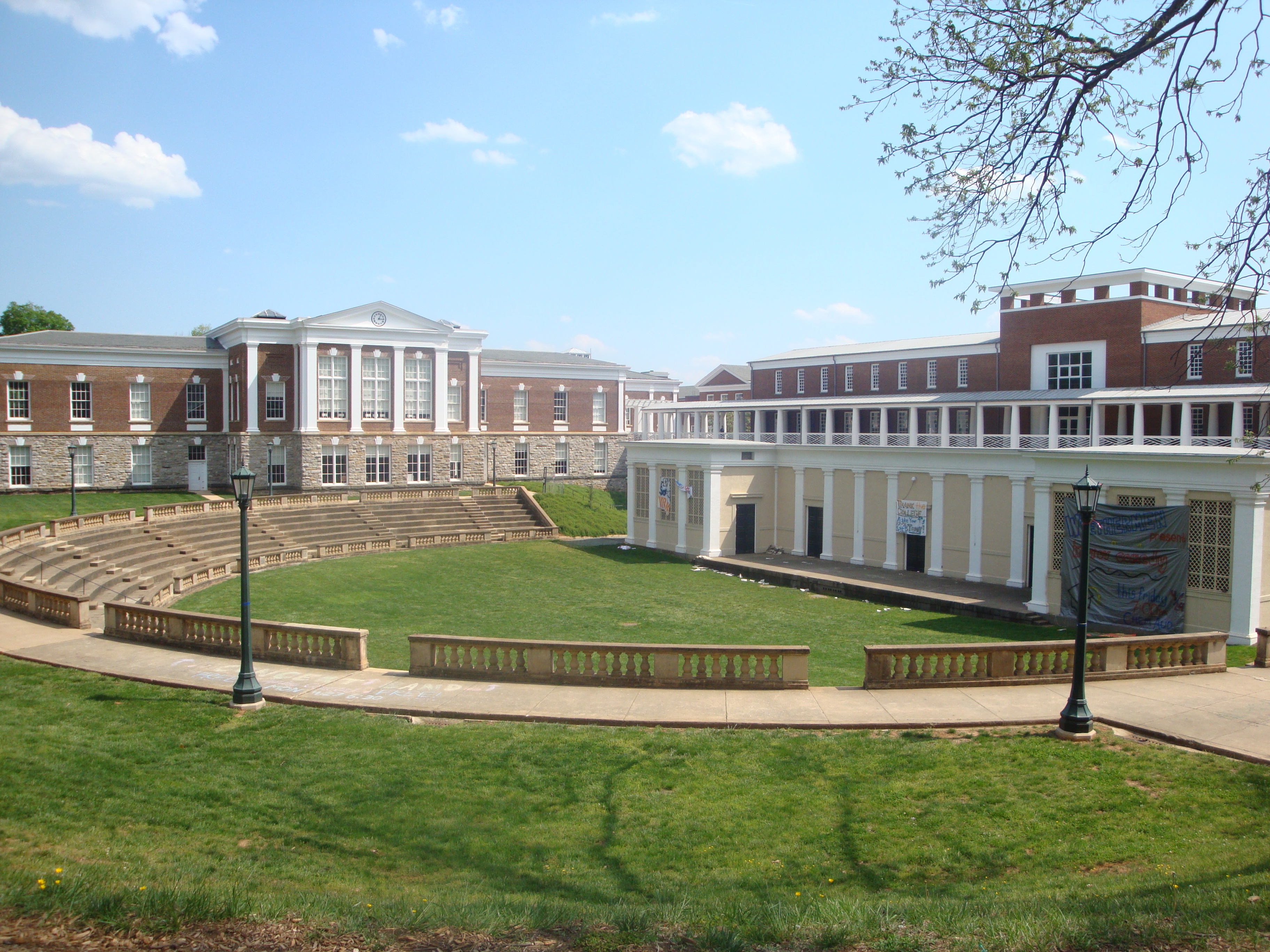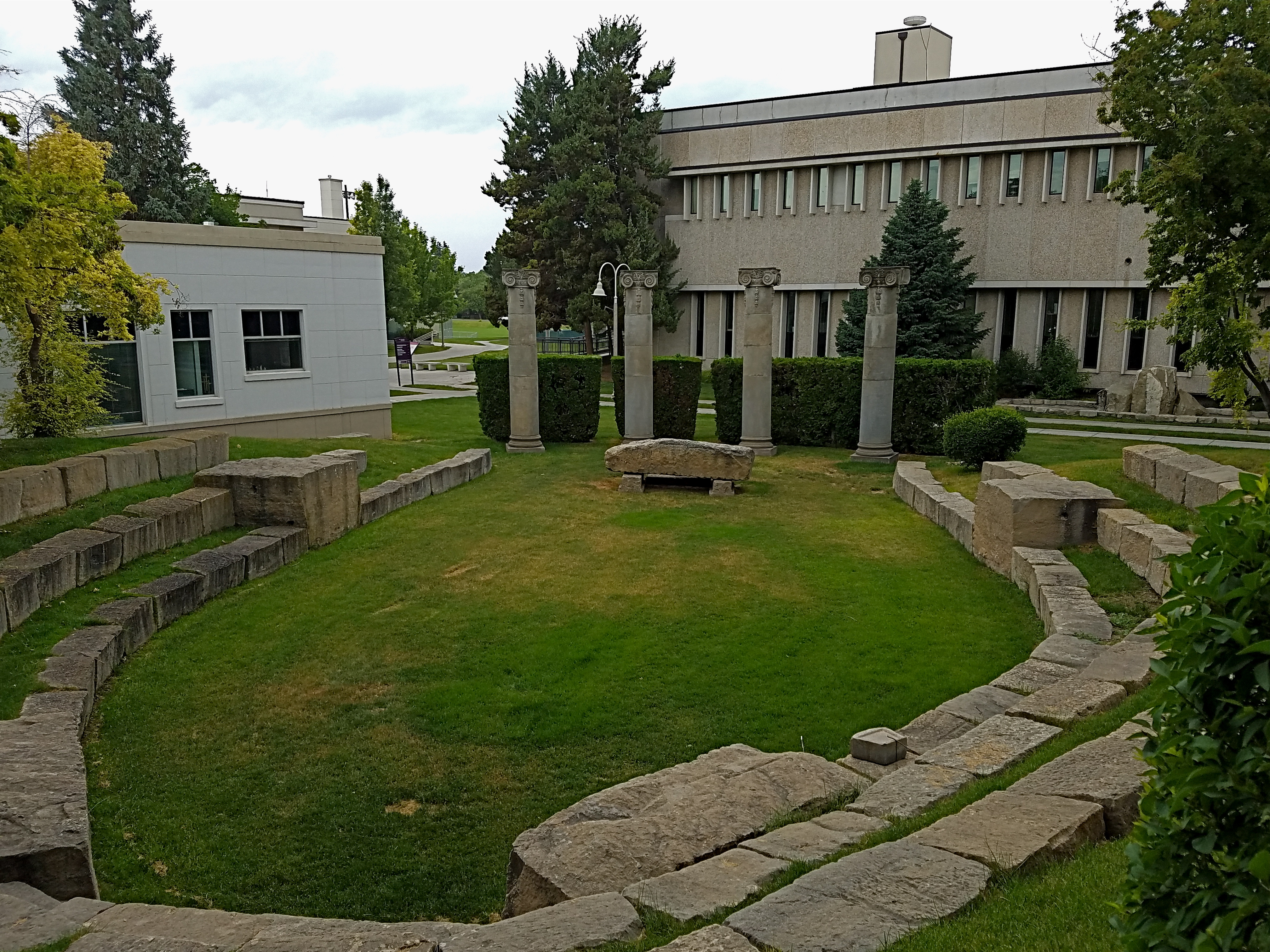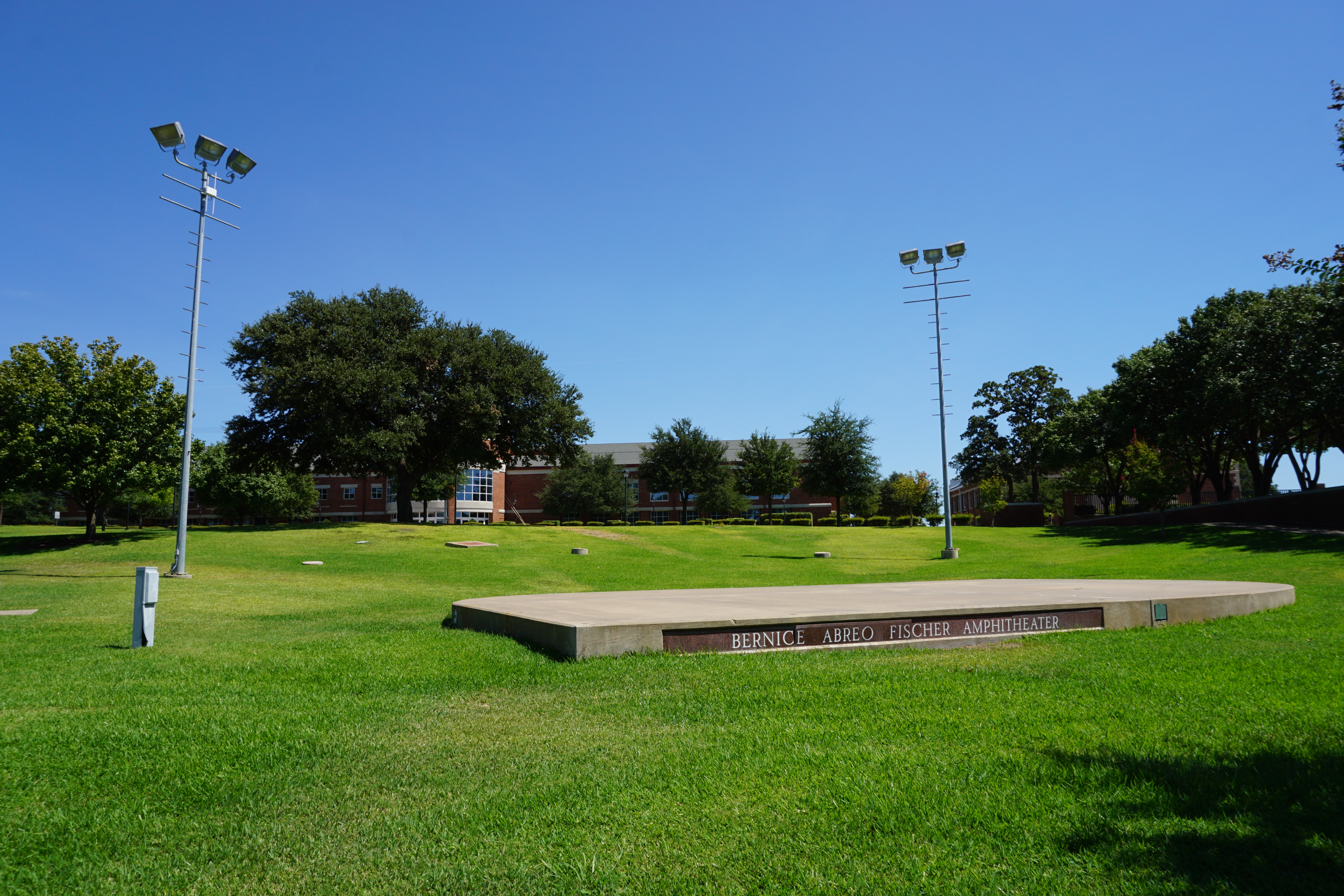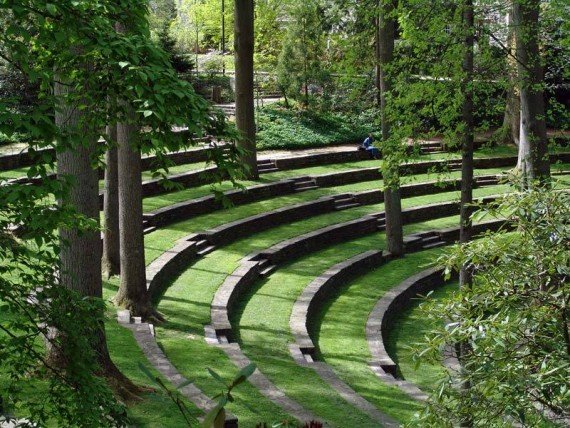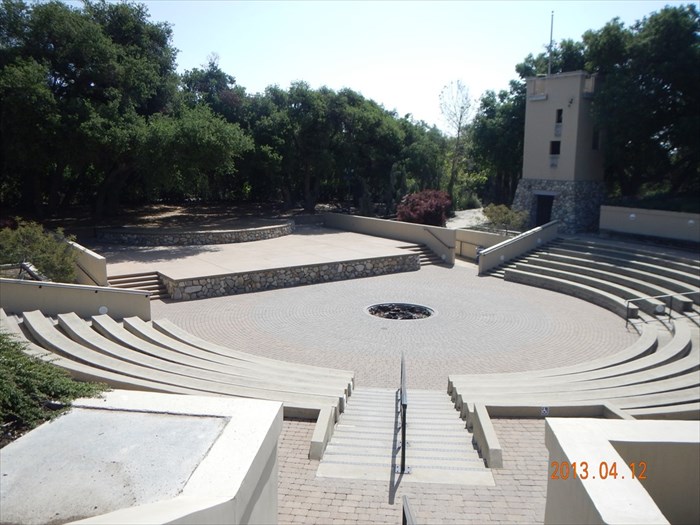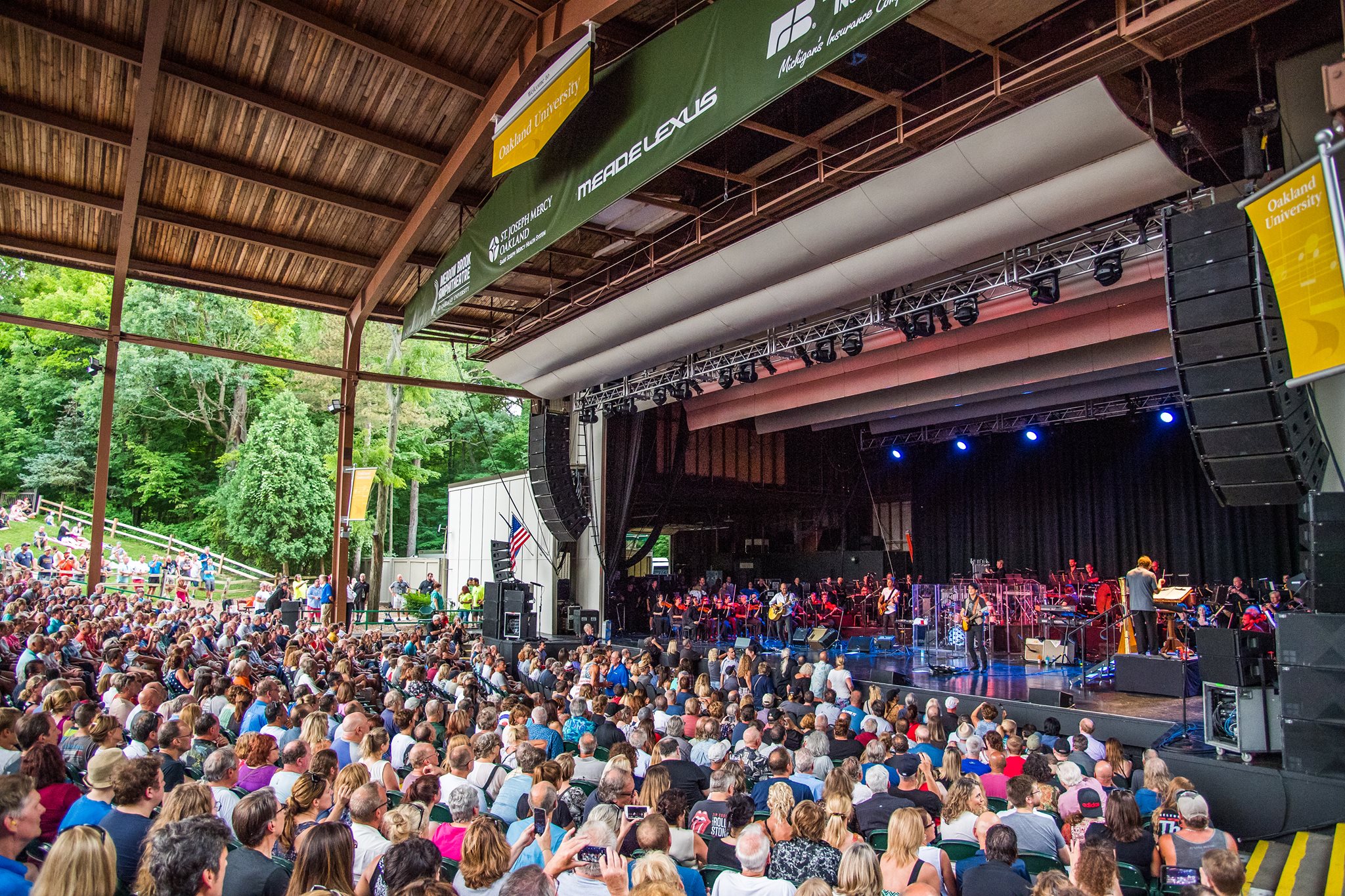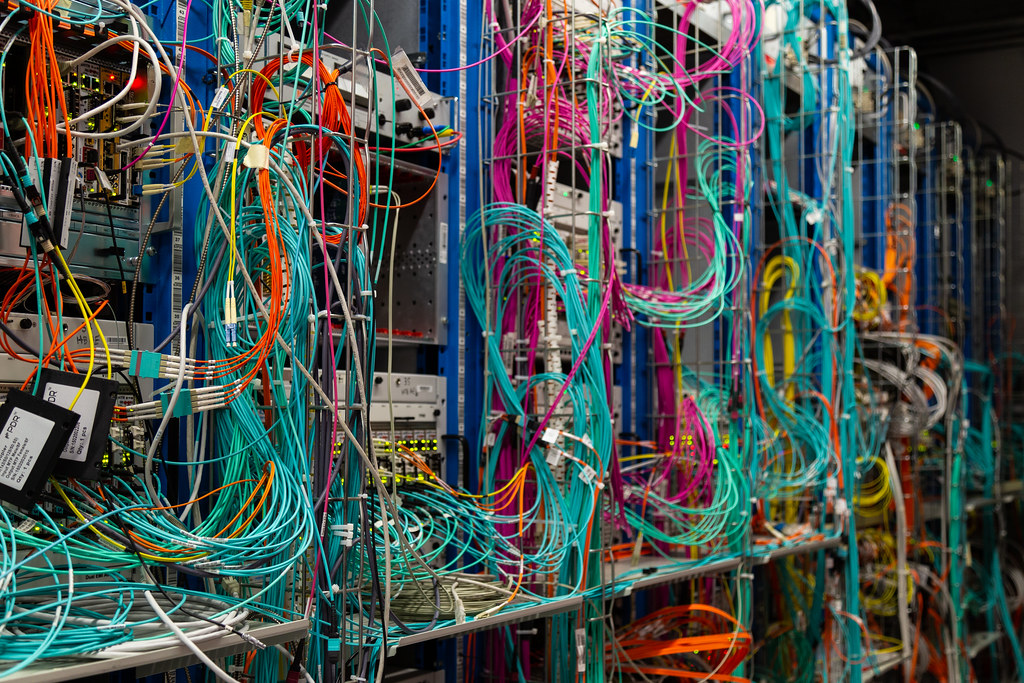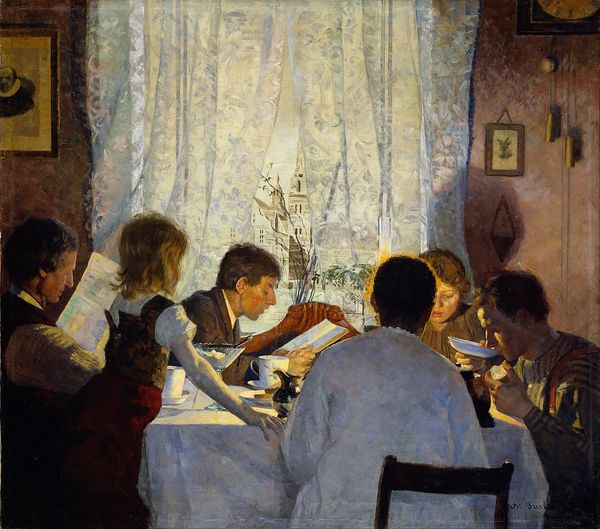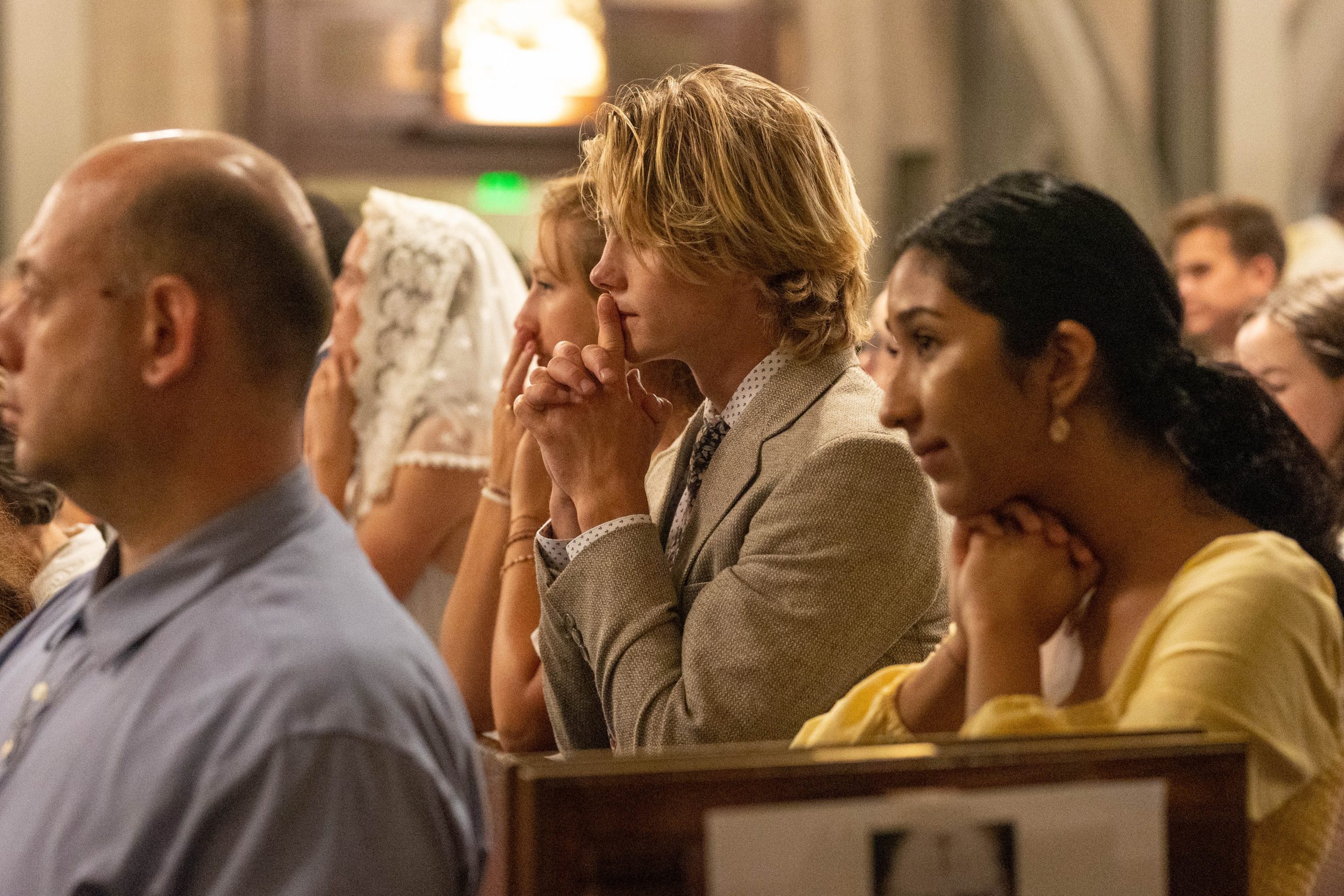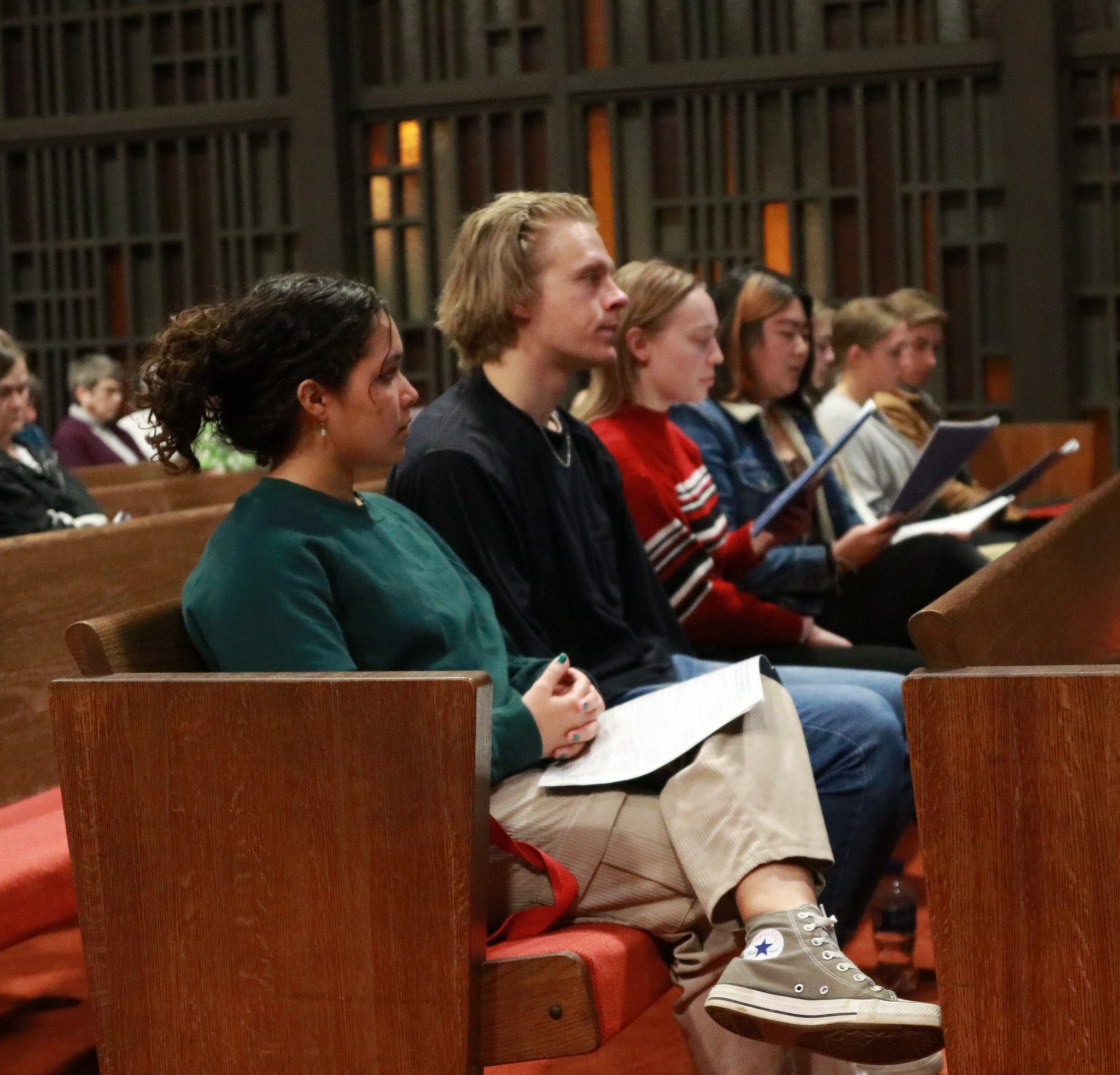Steel Manufacturing Research
- Home Page 65

The Perfect Cup of Coffee
Facilities & Energy Services: Procedures & Standards
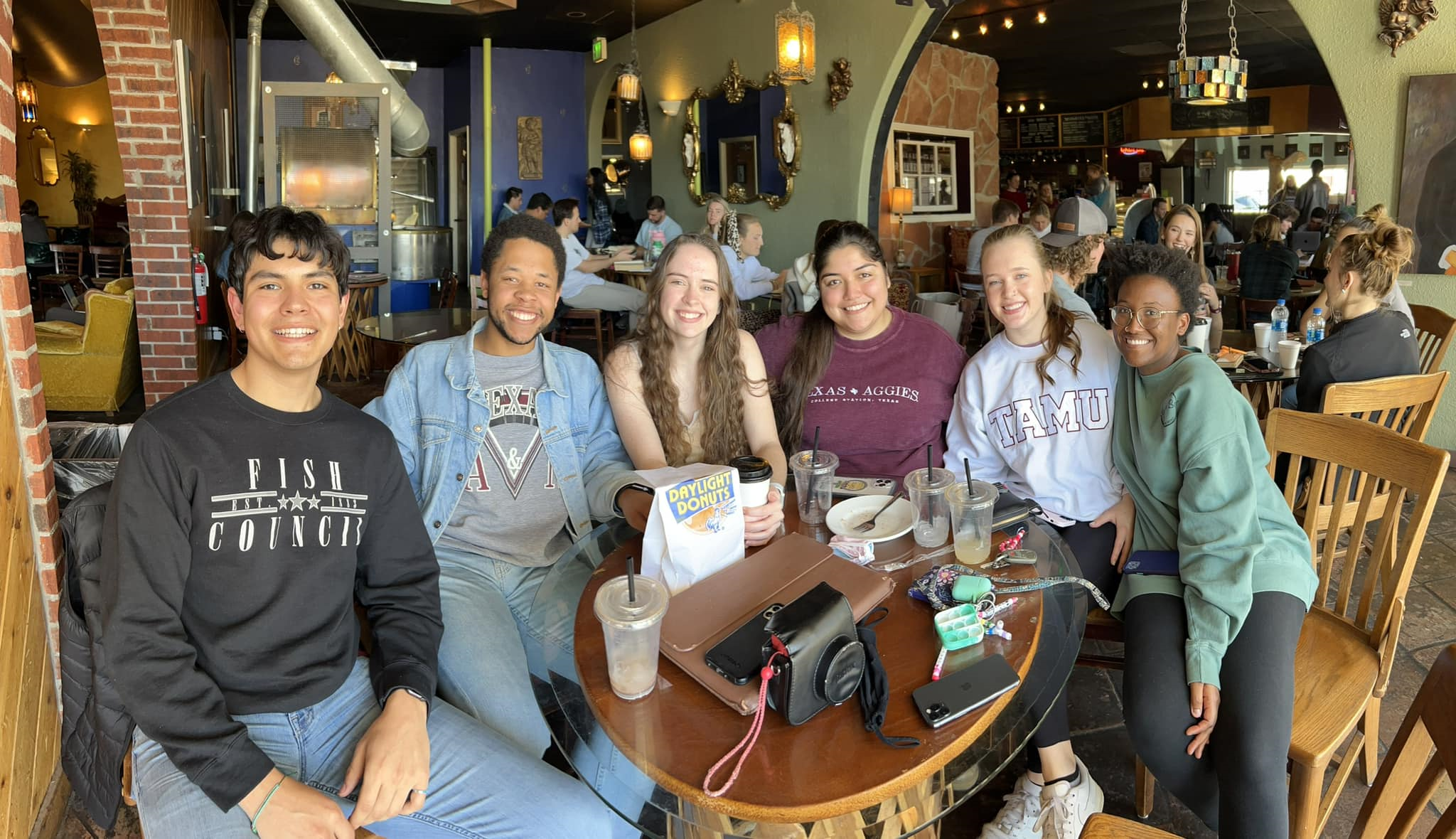
![]()
“Everything You Know About The Future is Wrong”
How surprisingly recent of an invention is your favourite way of brewing your morning coffee? pic.twitter.com/mnZYOPqs8L
— Simon Kuestenmacher (@simongerman600) January 27, 2024
Aristotle: On Sophistical Refutations Coming To Be Passing Away The Cosmos
Purdue University: Logical Fallacies and How to Spot Them
Plunder and Deceit: Big Government’s Exploitation of Young People and the Future (Mark Levin, 2015)
Amphitheaters
From from time to time — particularly in the months of fairer weather, when many events are hosted outdoors — we break form from the grind of responding to c0nsultations to simply enjoy these spaces See our CALENDAR for our periodic Lively c0lloquia when we drill down into technical specifics.
California State University San Marcos![]()
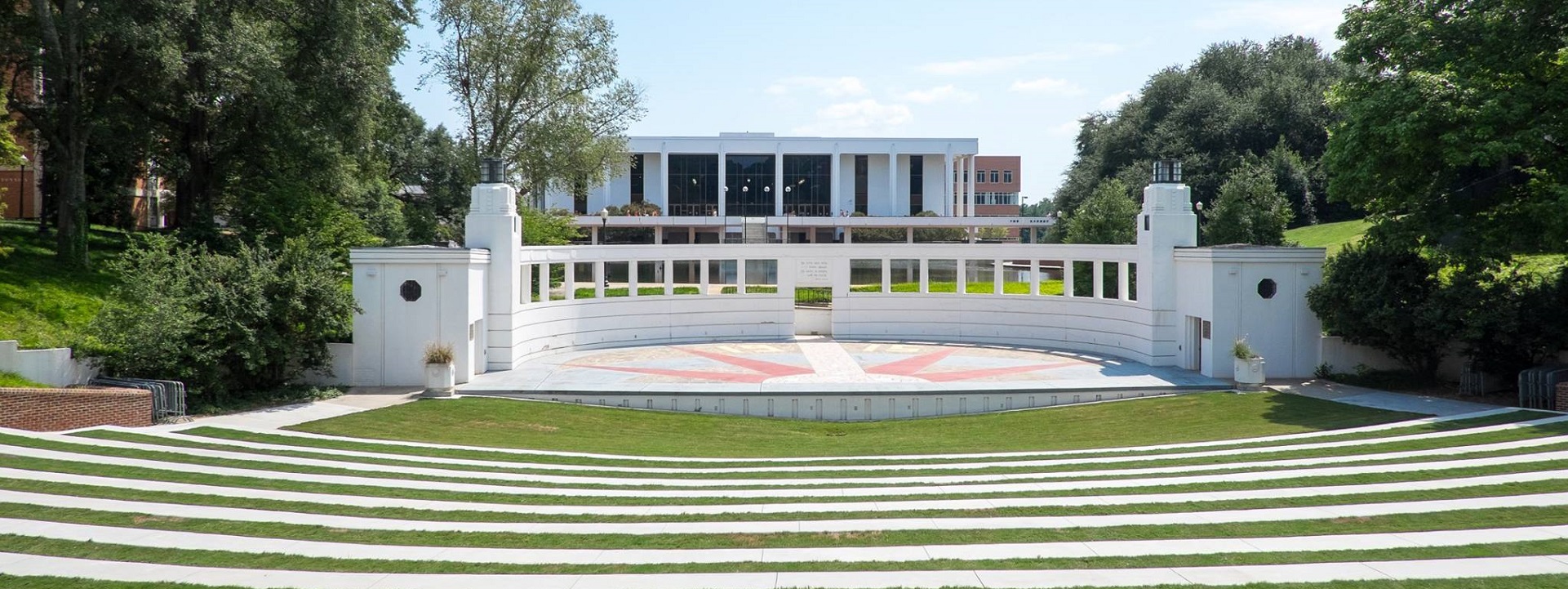
Clemson University
More coming
LEARN MORE:
Cambridge Center for Smart Infrastructure & Construction
“No village or individual shall be compelled to make bridges at river banks,
except those who from of old are legally bound to do so.”
— Magna Cara Clause 23 (Limiting forced labor for infrastructure)

“Clare Hall and King’s College Chapel, Cambridge, from the Banks of the River Cam” / Joseph Mallord William Turner (1793)
Smart Infrastructure: Getting More From Strategic Assets
Dr Jennifer Schooling, Director of CSIC
Dr Ajith Parlikad, CSIC Co-Investigator and Senior Lecturer
Mark Enzer, Global Water Sector Leader
Mott MacDonald; Keith Bowers, Principal Tunnel Engineer, London Underground
Ross Dentten, Asset Information and Configuration Manager, Crossrail
Matt Edwards, Asset Maintenance and Information Manager, Anglian Water Services
Jerry England, Group Digital Railway Director, Network Rail
Volker Buscher, Director, Arup Digital
Smart Infrastructure is a global opportunity worth £2trn-4.8trn. The world is experiencing a fourth industrial revolution due to the rapid development of technologies and digital abundance.
Smart Infrastructure involves applying this to economic infrastructure for the benefit of all stakeholders. It will allow owners and operators to get more out of what they already have, increasing capacity, efficiency and resilience and improving services.
It brings better performance at lower cost. Gaining more from existing assets is the key to enhancing service provision despite constrained finance and growing resource scarcity. It will often be more cost-effective to add to the overall value of mature infrastructure via digital enhancements than by physical enhancements – physical enhancements add `more of the same’, whereas digital enhancements can transform the existing as well.
Smart Infrastructure will shape a better future. Greater understanding of the performance of our infrastructure will allow new infrastructure to be designed and delivered more efficiently and to provide better whole-life value.
Data is the key – the ownership of it and the ability to understand and act on it. Industry, organisations and professionals need to be ready to adjust in order to take advantage of the emerging opportunities. Early adopters stand to gain the most benefit. Everyone in the infrastructure sector has a choice as to how fast they respond to the changes that Smart Infrastructure will bring. But everyone will be affected.
Change is inevitable. Progress is optional. Now is the time for the infrastructure industry to choose to be Smart.
LEARN MORE:
Cambridge Centre for Smart Infrastructure and Construction
Perspective: Since this paper is general in its recommendations, we provide examples of specific campus infrastructure data points that are difficult, if not impossible, to identify and “make smart” — either willfully, for lack of funding, for lack of consensus, for lack of understanding or leadership:
-
- Maintenance of the digital location of fire dampers in legacy buildings or even new buildings mapped with BIM. Doors and ceiling plenums are continually being modified and the As-Built information is usually not accurate. This leads to fire hazard and complicates air flow and assuring occupant temperature preferences (i.e. uncontrollable hot and cold spots)
- Ampere readings of feeder breakers downstream from the electric service main. The power chain between the service substation and the end-use equipment is a “no-man’s land” in research facilities that everyone wants to meter but few ever recover the cost of the additional metering.
- Optimal air flow rates in hospitals and commercial kitchens that satisfies both environmental air hazards and compartmentalized air pressure zones for fire safety.
- Identification of students, staff and faculty directly affiliated with the campus versus visitors to the campus.
- Standpipe pressure variations in municipal water systems
- Pinch points in municipal sewer systems in order to avoid building flooding.
- How much of university data center cost should be a shared (gateway) cost, and how much should be charged to individual academic and business units?
- Should “net-zero” energy buildings be charged for power generated at the university central heating and electric generation plant?
- How much staff parking should be allocated to academic faculty versus staff that supports the healthcare delivery enterprises; which in many cases provides more revenue to the university than the academic units?
- Finally, a classical conundrum in facility management spreadsheets: Can we distinguish between maintenance cost (which should be covered under an O&M budget) and capital improvement cost (which can be financed by investors)
Information & Communication Technology Cabling
Balloting on the first stage of development of the 2023 National Electrical Code is underway now and will be completed by March 26th. We collaborate with several experts in the IEEE who are the leading voices in standards setting for ICT infrastructure present in education communities. The issues are many and complex and fast-moving. We provide transcripts and a sample of the issues that will determine the substance of the 2023 Edition.
Code Making Panel No. 3 Public Input Report
A sample of concepts in play:
Temperature limitations of Class 2 and Class 3 Cables
Fire resistive cabling systems
Multi-voltage (single junction, entry, pathway or connection) signaling control relay equipment
Listing of audio/video power-limited circuits
Code Making Panel No. 16 Public Input Report
A sample of concepts in play:
Definition of “Communication Utility”
Mechanical execution of work
Listed/Unlisted cables entering buildings
Underground communication cabling coordination with the National Electrical Safety Code
Public comment on the First Draft of the 2026 revision will be received until August 24, 2024. We collaborate with the IEEE Education & Healthcare Facilities Committee which hosts open colloquia 4 times monthly in European and American time zones. See our CALENDAR for the next online meeting; open to everyone.
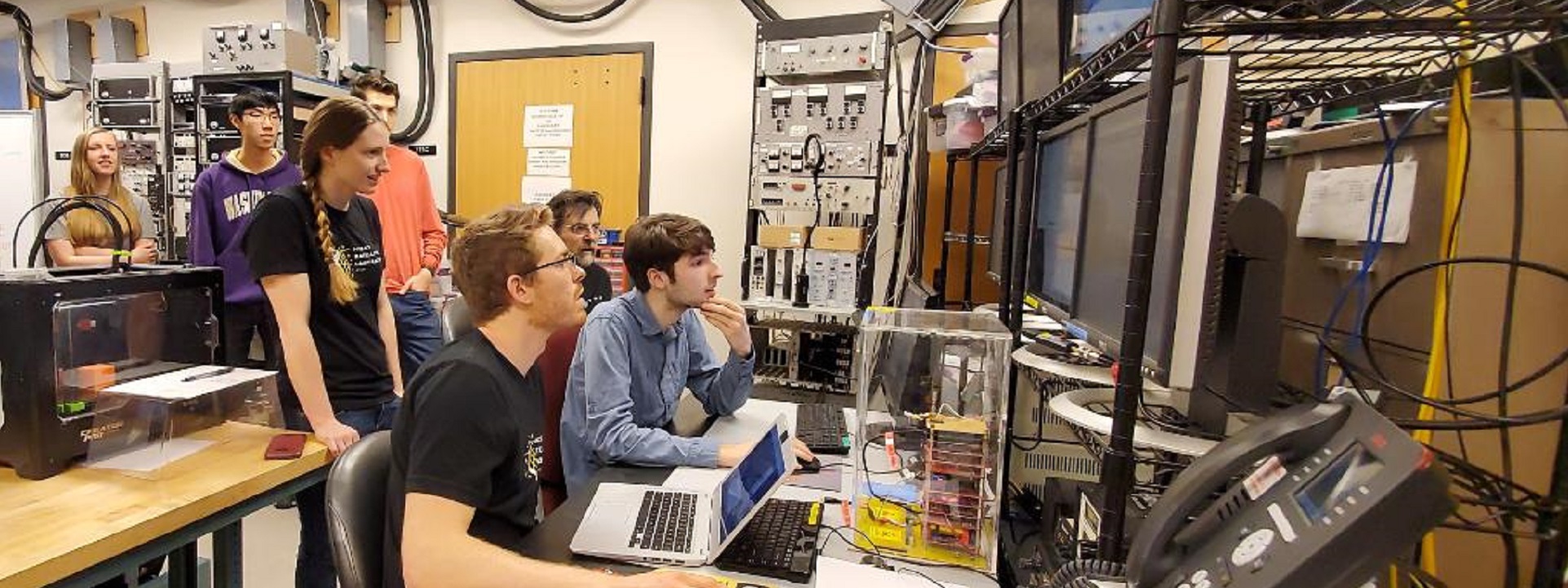
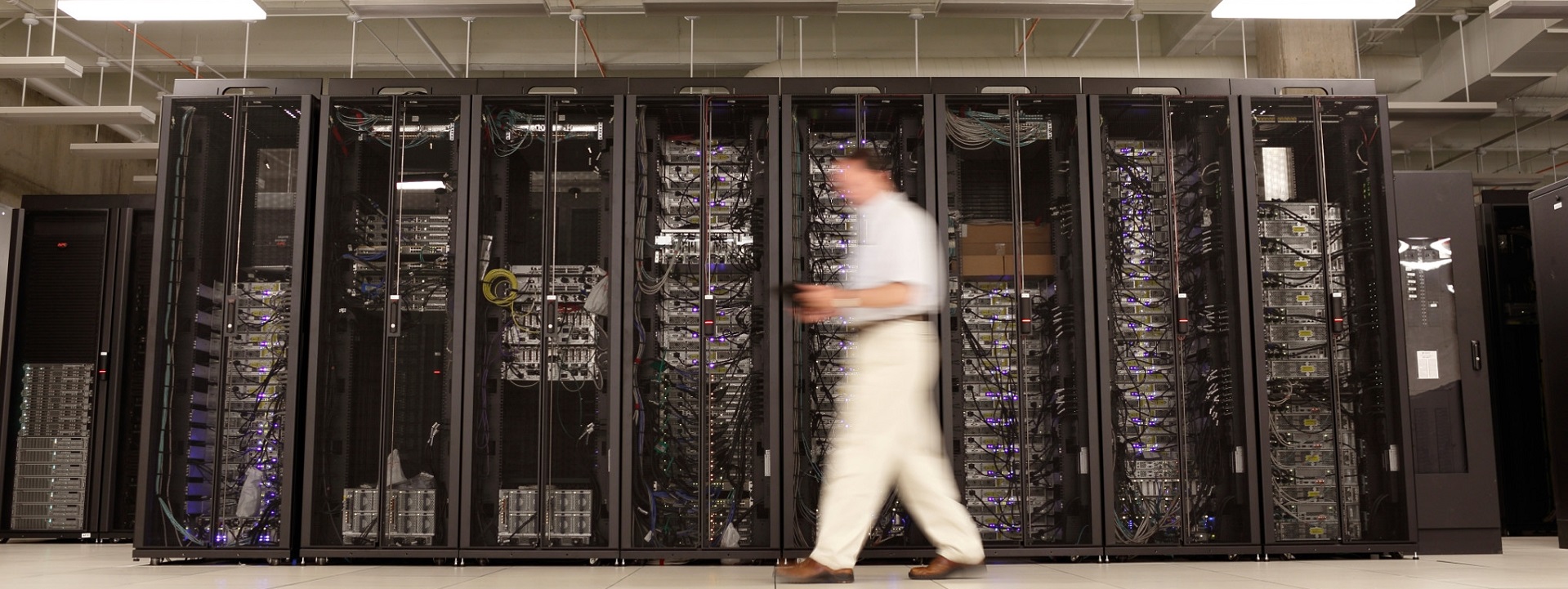

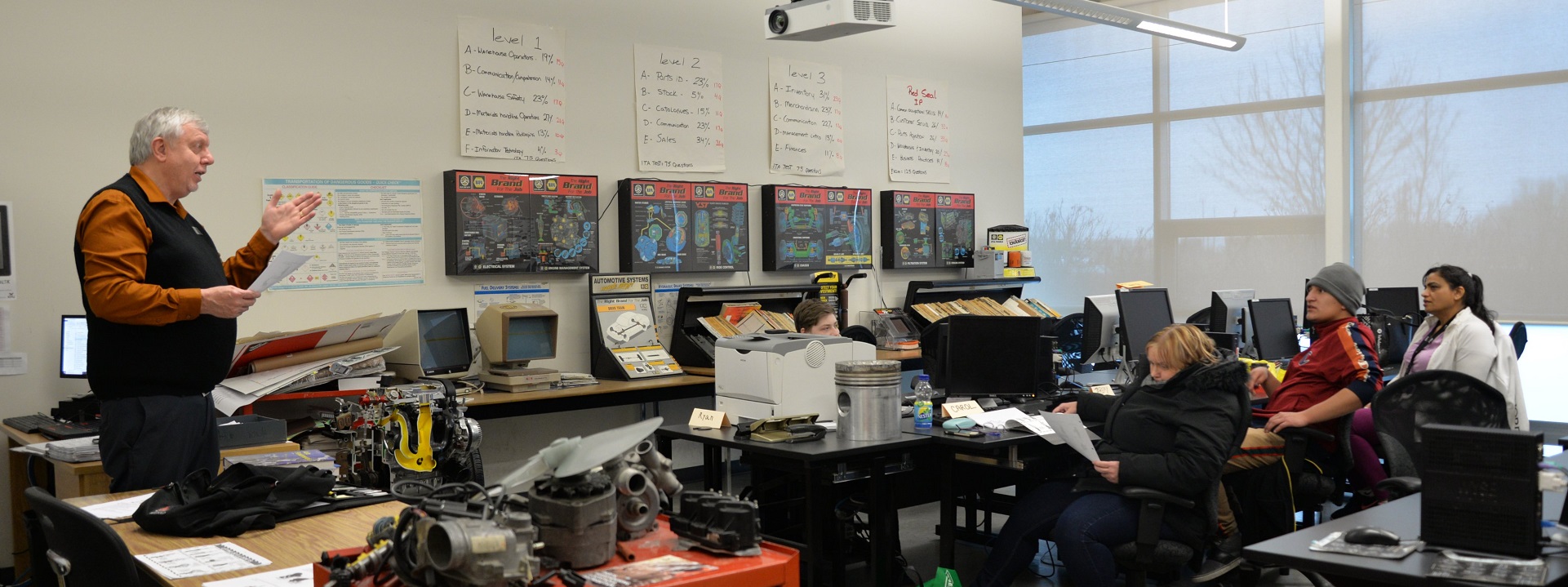
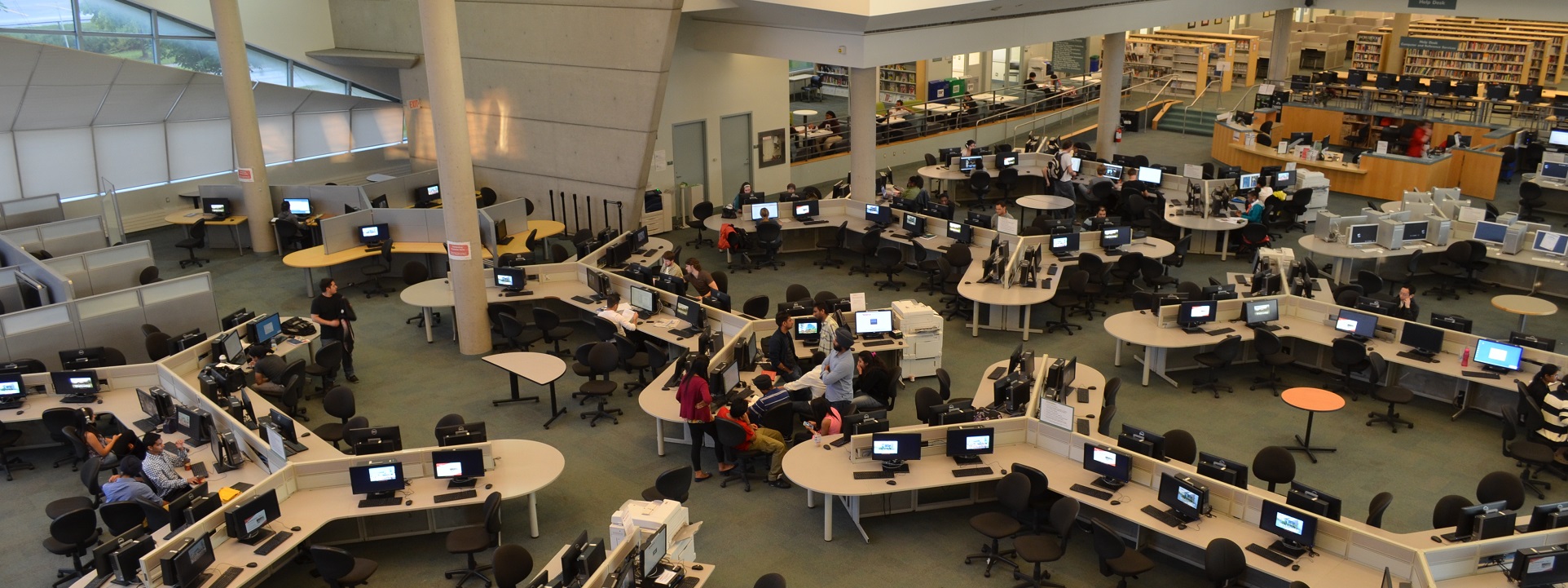
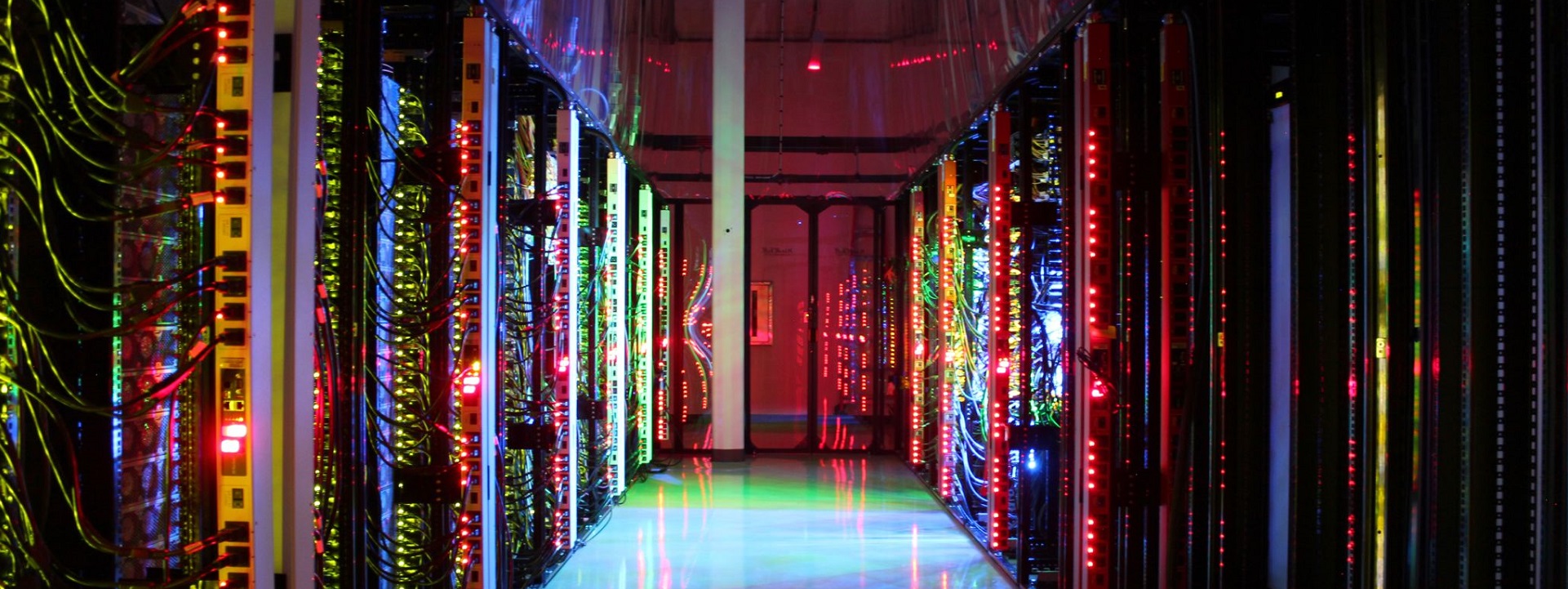
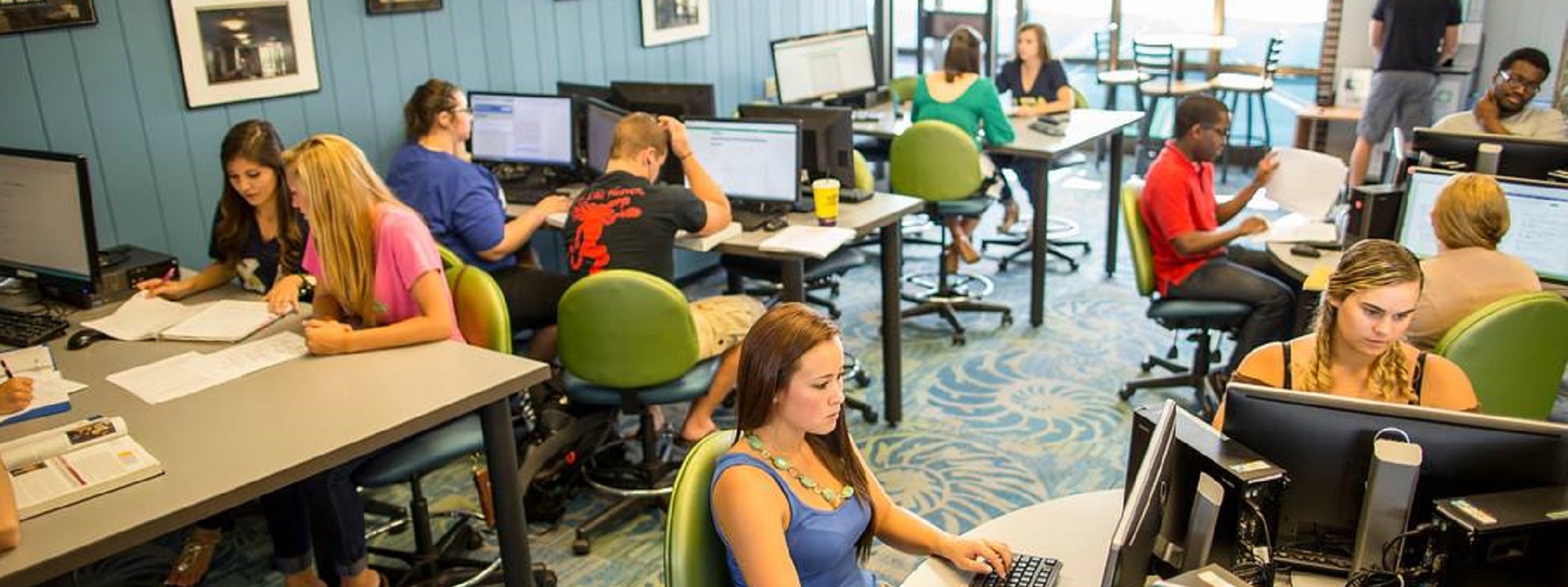
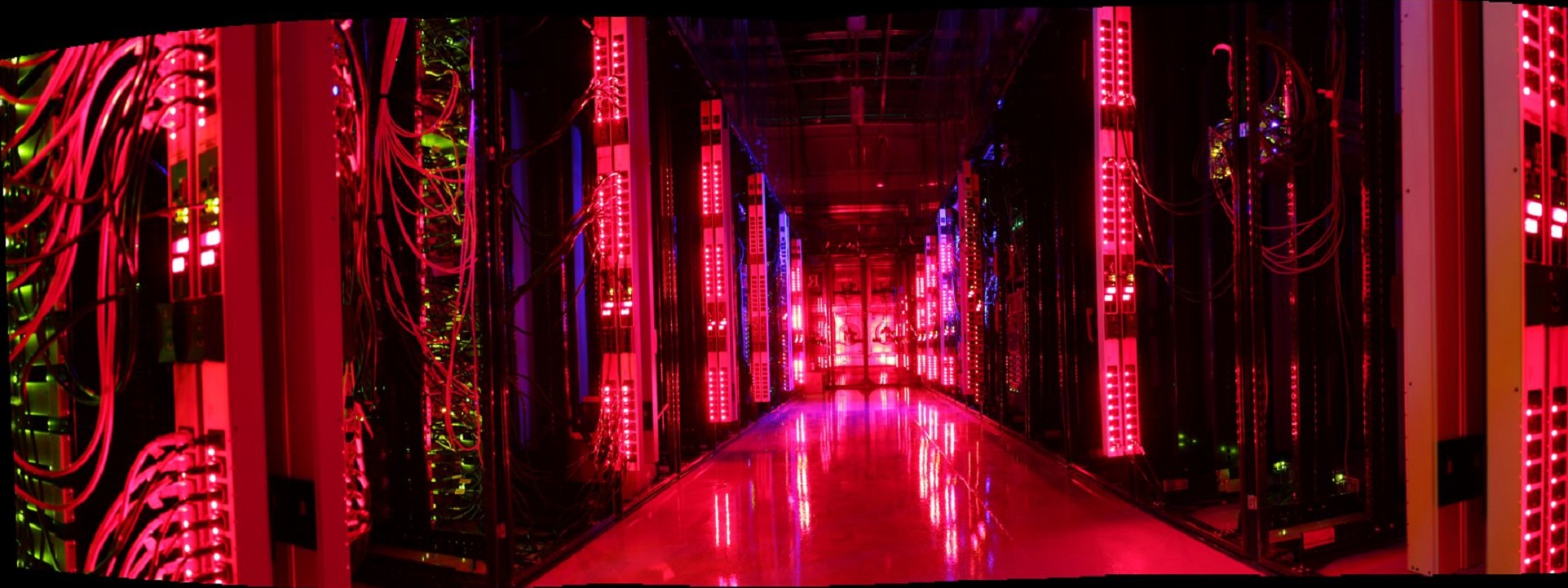
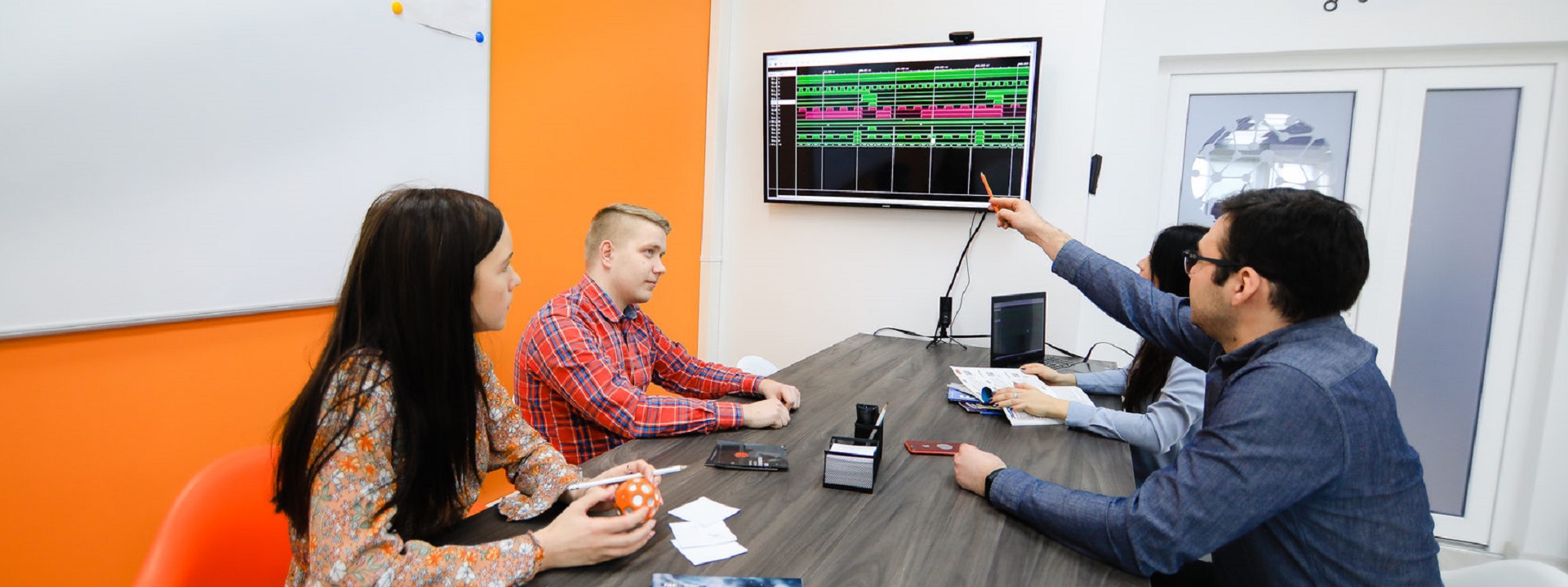

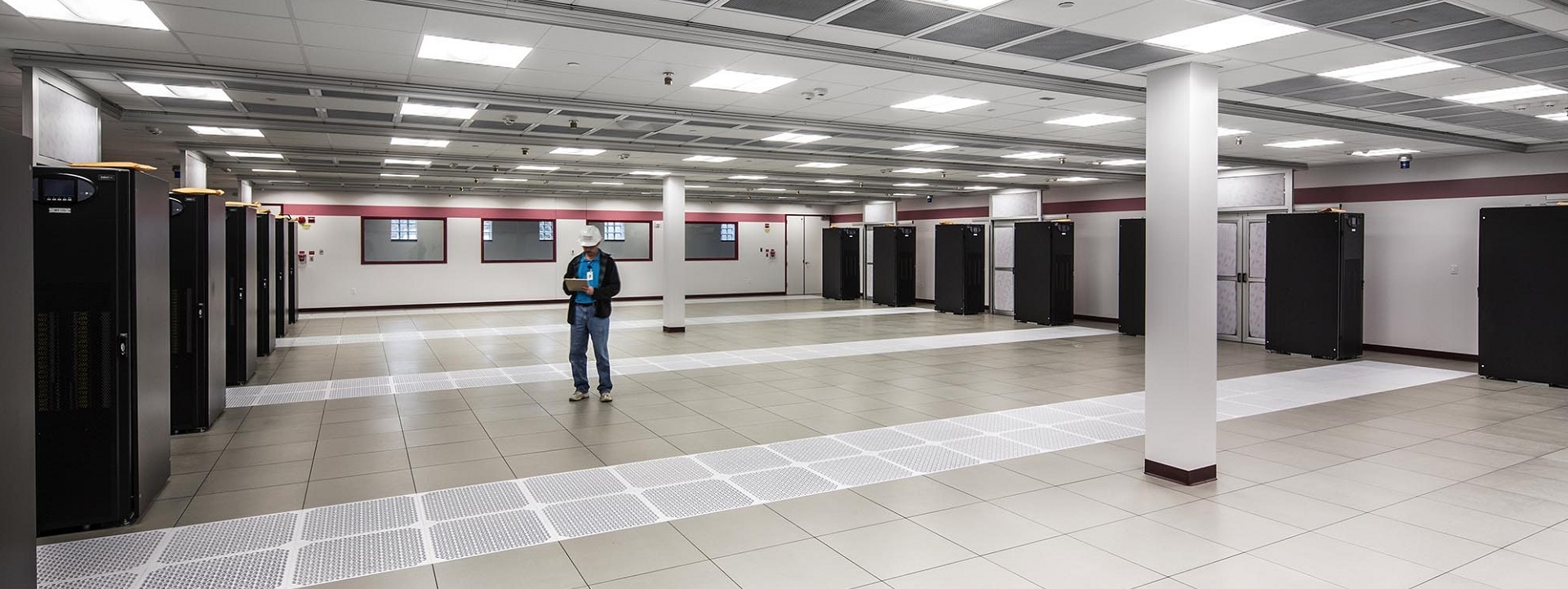
Virtual Choir
This content is accessible to paid subscribers. To view it please enter your password below or send mike@standardsmichigan.com a request for subscription details.
Large Language Model Standards
Perhaps the World Ends Here | Joy Harjo
Standards and benchmarks for evaluating large language models (LLMs). Some of the most commonly used benchmarks and standards include:
- GLUE (General Language Understanding Evaluation): GLUE is a benchmark designed to evaluate and analyze the performance of models across a diverse range of natural language understanding tasks, such as text classification, sentiment analysis, and question answering.
- SuperGLUE: SuperGLUE is an extension of the GLUE benchmark, featuring more difficult language understanding tasks, aiming to provide a more challenging evaluation for models.
- CoNLL (Conference on Computational Natural Language Learning): CoNLL has historically hosted shared tasks, including tasks related to coreference resolution, dependency parsing, and other syntactic and semantic tasks.
- SQuAD (Stanford Question Answering Dataset): SQuAD is a benchmark dataset for evaluating the performance of question answering systems. It consists of questions posed on a set of Wikipedia articles, where the model is tasked with providing answers based on the provided context.
- RACE (Reading Comprehension from Examinations): RACE is a dataset designed to evaluate reading comprehension models. It consists of English exam-style reading comprehension passages and accompanying multiple-choice questions.
- WMT (Workshop on Machine Translation): The WMT shared tasks focus on machine translation, providing benchmarks and evaluation metrics for assessing the quality of machine translation systems across different languages.
- BLEU (Bilingual Evaluation Understudy): BLEU is a metric used to evaluate the quality of machine-translated text relative to human-translated reference texts. It compares n-gram overlap between the generated translation and the reference translations.
- ROUGE (Recall-Oriented Understudy for Gisting Evaluation): ROUGE is a set of metrics used for evaluating automatic summarization and machine translation. It measures the overlap between generated summaries or translations and reference summaries or translations.
These benchmarks and standards play a crucial role in assessing the performance and progress of large language models, helping researchers and developers understand their strengths, weaknesses, and areas for improvement.
New topic for us; time only to cover the basics. We have followed language, generally, however — every month — because best practice discovery and promulgation in conceiving, designing, building, occupying and maintaining the architectural character of education settlements depends upon a common vocabulary. The struggle to agree upon vocabulary presents an outsized challenge to the work we do.
Large language models hold significant potential for the building construction industry by streamlining various processes. They can analyze vast amounts of data to aid in architectural design, structural analysis, and project management. These models can generate detailed plans, suggest optimized construction techniques, and assist in cost estimation. Moreover, they facilitate better communication among stakeholders by providing natural language interfaces for discussing complex concepts. By harnessing the power of large language models, the construction industry can enhance efficiency, reduce errors, and ultimately deliver better-designed and more cost-effective buildings.
Join us today at the usual hour. Use the login credentials at the upper right of our home page.
Related:
Gig Workers
This content is accessible to paid subscribers. To view it please enter your password below or send mike@standardsmichigan.com a request for subscription details.
Places of Worship
“The Church is not a gallery for the exhibition of eminent Christians,
but a school for the education of imperfect ones.”
— Henry Ward Beecher
WEBCAST Committee Action Hearings, Group A #2
2024 International Building Code: Chapter 3 Occupancy Classification and Use
In the International Code Council catalog of best practice literature we find the first principles for safety in places of worship tracking in the following sections of the International Building Code (IBC):
“303.1.4: Accessory religious educational rooms and religious auditoriums with occupant loads less than 100 per room or space are not considered separate occupancies.” This informs how fire protection systems are designed.
Section 305 Educational Group E
“305.2.1: Rooms and spaces within places of worship proving such day care during religious functions shall be classified as part of the primary occupancy.” This group includes building and structures or portions thereof occupied by more than five children older than 2-1/2 years of age who receive educational, supervision or personal care services for fewer than 24 hours per day.
Section 308 Institutional Group I
“308.5.2: Rooms and spaces within places of religious worship providing [Group I-4 Day Care Facilities] during religious functions shall be classified as part of the primary occupancy. When [Group I-4 Day Care Facilities] includes buildings and structures occupied by more than five persons of any age who receive custodial care for fewer than 24 hours per day by persons other than parents or guardians, relatives by blood, marriage or adoption, and in a place other than the home of the person cared for.
Tricky stuff — and we haven’t even included conditions under which university-affiliated places of worship may expected to be used as community storm shelters.
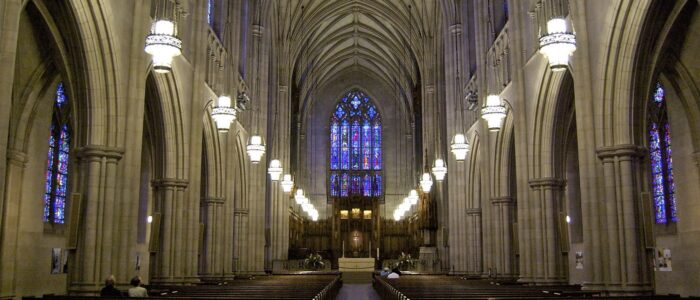
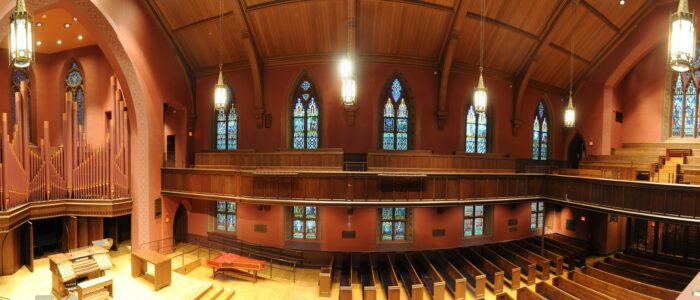
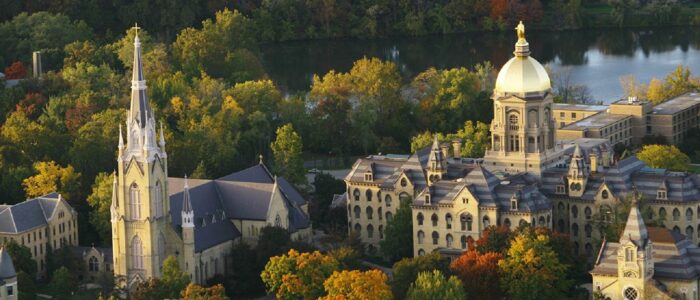
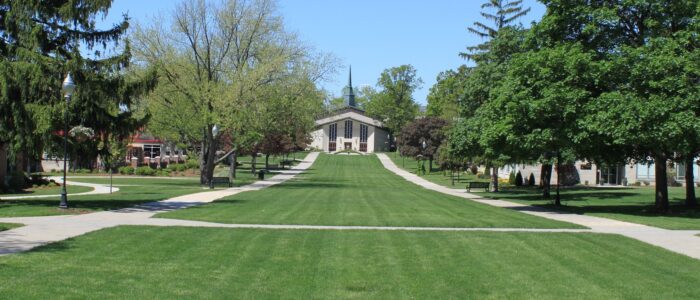
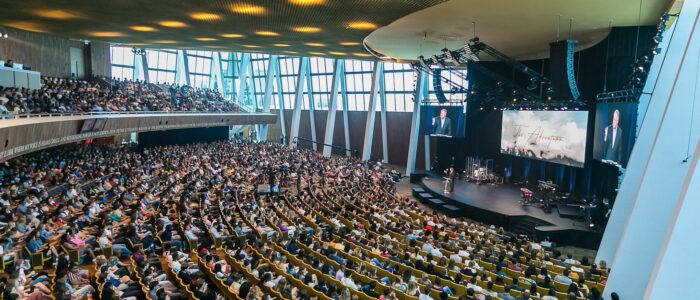
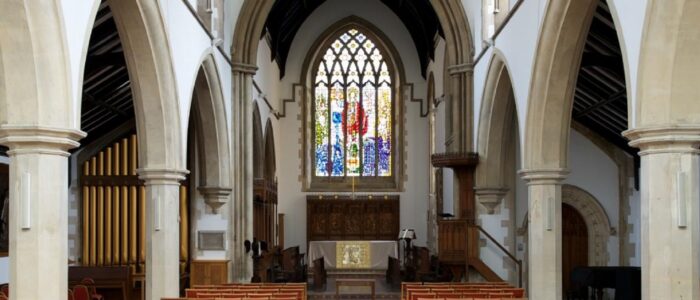
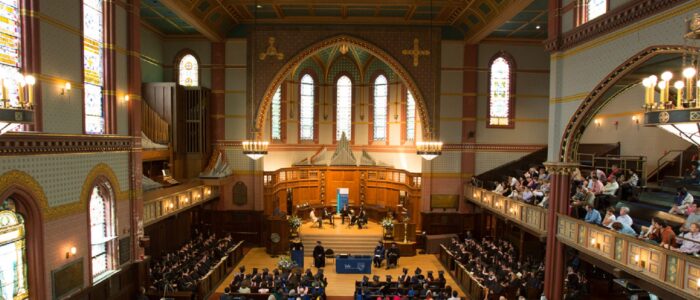
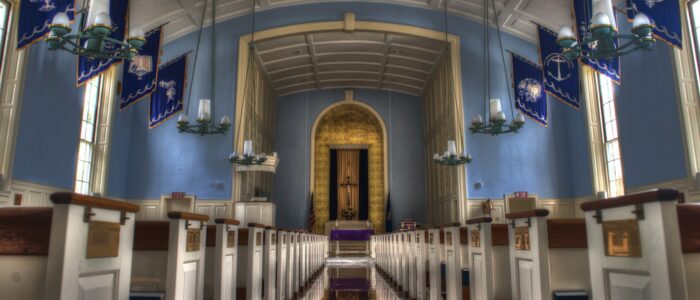
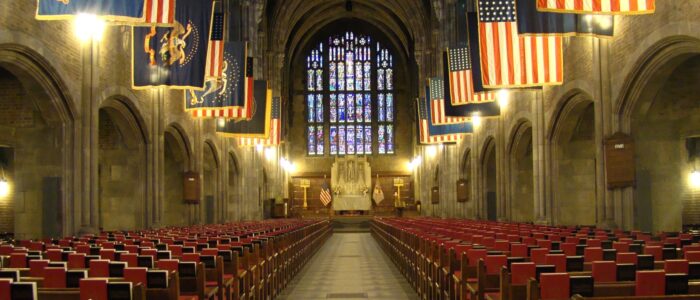

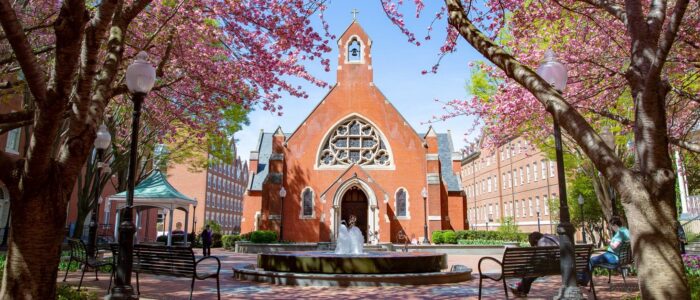

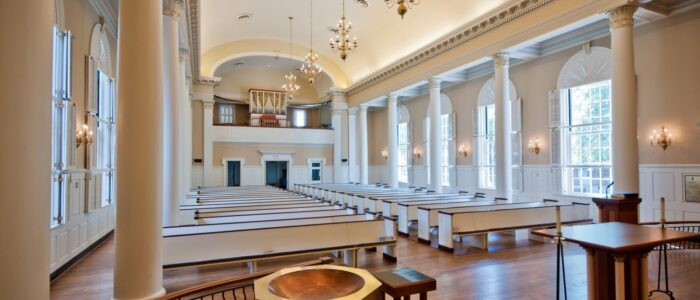
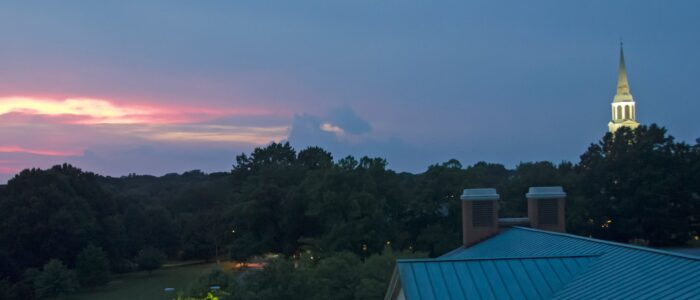
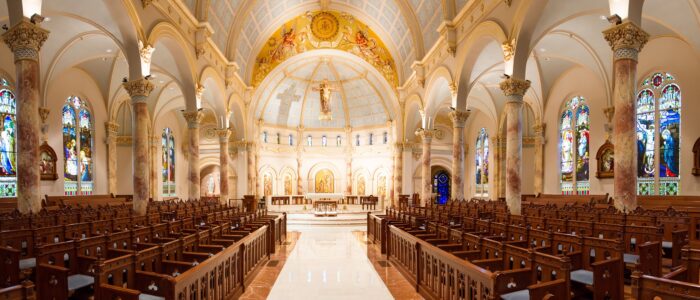
2024/2025/2026 ICC CODE DEVELOPMENT SCHEDULE
Public response to Committee Actions taken in Orlando in April will be received until July 8th.
Because standard development tends to be a backward-looking domain it is enlightening to understand the concepts in play in previous editions. The complete monograph of proposals for new building safety concepts for places of worship for the current revision cycle is linked below:
2021/2022 Code Development: Group B
A simple search on the word “worship” will reveal what ideas are in play. With the Group B Public Comment Hearings now complete ICC administered committees are now curating the results for the Online Governmental Consensus Vote milestone in the ICC process that was completed December 6th. Status reports are linked below:
2018/2019 Code Development: Group B
Note that a number of proposals that passed the governmental vote are being challenged by a number of stakeholders in a follow-on appeals process:
A quick review of the appeals statements reveals some concern over process, administration and technical matters but none of them directly affect how leading practice for places of worship is asserted.
We are happy to get down in the weeds with facility professionals on other technical issues regarding other occupancy classes that are present in educational communities. See our CALENDAR for next Construction (Ædificare) colloquium open to everyone.
Issue: [17-353]
Category: Chapels
Colleagues: Mike Anthony, Jack Janveja, Richard Robben, Larry Spielvogel
More
Religion is a culture of faith; science is a culture of doubt. pic.twitter.com/H6dgJ5DnSC
— Prof. Feynman (@ProfFeynman) October 8, 2023
New update alert! The 2022 update to the Trademark Assignment Dataset is now available online. Find 1.29 million trademark assignments, involving 2.28 million unique trademark properties issued by the USPTO between March 1952 and January 2023: https://t.co/njrDAbSpwB pic.twitter.com/GkAXrHoQ9T
— USPTO (@uspto) July 13, 2023
Standards Michigan Group, LLC
2723 South State Street | Suite 150
Ann Arbor, MI 48104 USA
888-746-3670




